The 1960s was a decade of profound change for the New York City subway. It was a period defined by gleaming new train cars for a World’s Fair, a city-stopping blackout, and the first serious signs of the financial decay and crime that would mark the decades to come.
The World’s Fair and the “Redbirds”
The decade opened with a burst of optimism centered around the 1964-1965 World’s Fair in Flushing Meadows, Queens. To ferry millions of visitors, the New York City Transit Authority rolled out a fleet of new subway cars, including the R33 and R36 models. Painted a striking bright red to distinguish them as special World’s Fair trains, they were nicknamed “Redbirds” and became an iconic part of the system for the next 40 years.
These cars represented the peak of modernity for the time. They were clean, well-lit, and a symbol of the city’s pride. Special routes ran directly to the fairgrounds, making the subway the primary mode of transportation to the international event.
Read more
Growing Problems Underground
Beneath the shine of the World’s Fair, the system was showing its age. Ridership was declining as more New Yorkers moved to the suburbs and embraced car culture. With fewer fares and rising costs, the Transit Authority struggled financially. Deferred maintenance meant that stations and tracks were becoming grimy and breakdowns were more frequent.
Public perception of safety on the subway also began to shift. While the graffiti era had not yet begun, rising crime rates in the city started to be reflected underground, and rider anxiety became a growing concern. The fare, which was 15 cents at the start of the decade, was increased to 20 cents in 1966 to address mounting financial pressures.
When the Lights Went Out
On November 9, 1965, the subway faced one of its greatest challenges: the Great Northeast Blackout. At the height of the evening rush hour, a massive power failure plunged a vast section of the country, including all of New York City, into darkness.
Approximately 800,000 riders were trapped underground. Trains came to an immediate halt inside dark, stuffy tunnels between stations. Conductors and police officers worked to evacuate passengers, leading them on foot along the tracks to the nearest station platforms in an orderly but tense process that took hours.
A New Map and a New Authority
The decade saw major structural changes to the system’s operations. In 1967, the Chrystie Street Connection opened in Lower Manhattan. This short but crucial set of tracks linked the BMT lines coming over the Manhattan and Williamsburg Bridges with the IND Sixth Avenue line. This project completely rewrote the subway map, creating new routes and allowing for more integrated service between Brooklyn and Manhattan.
A year later, in 1968, the Metropolitan Transportation Authority (MTA) was formed by the state. The MTA took control of the city’s subways and buses, as well as the Long Island Rail Road and other regional transit networks. This created a single, powerful agency responsible for public transportation in the entire New York metropolitan area.


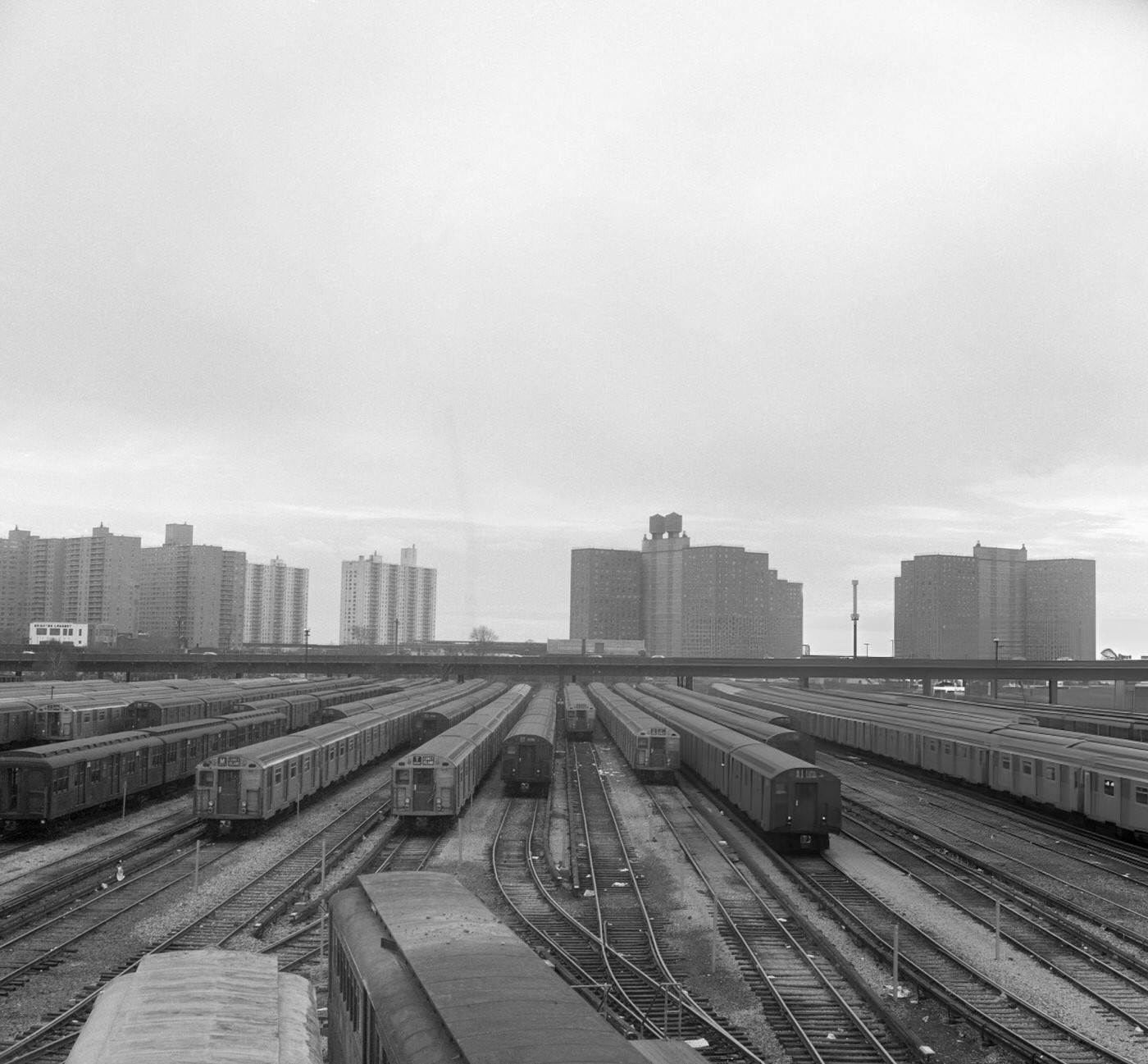

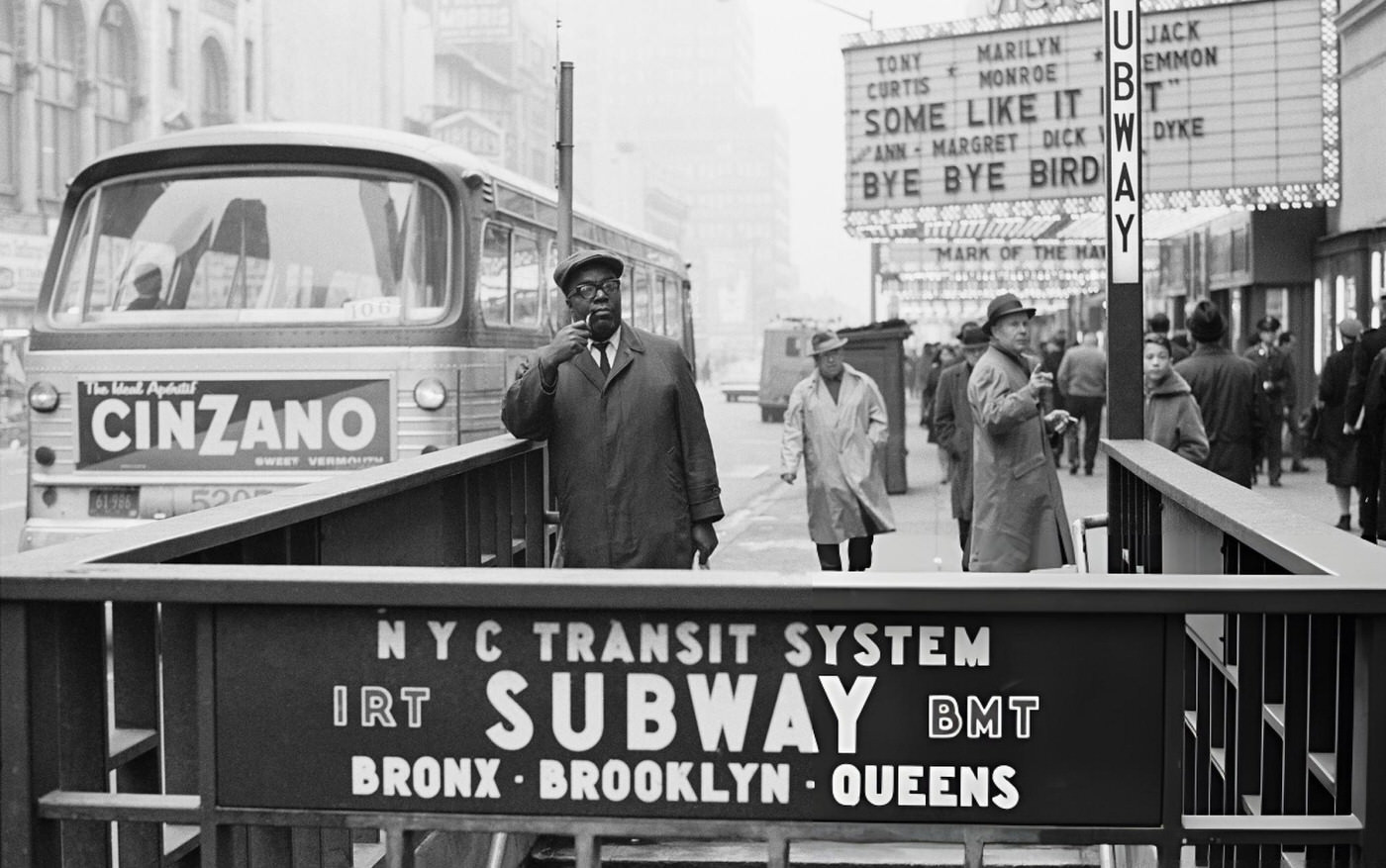
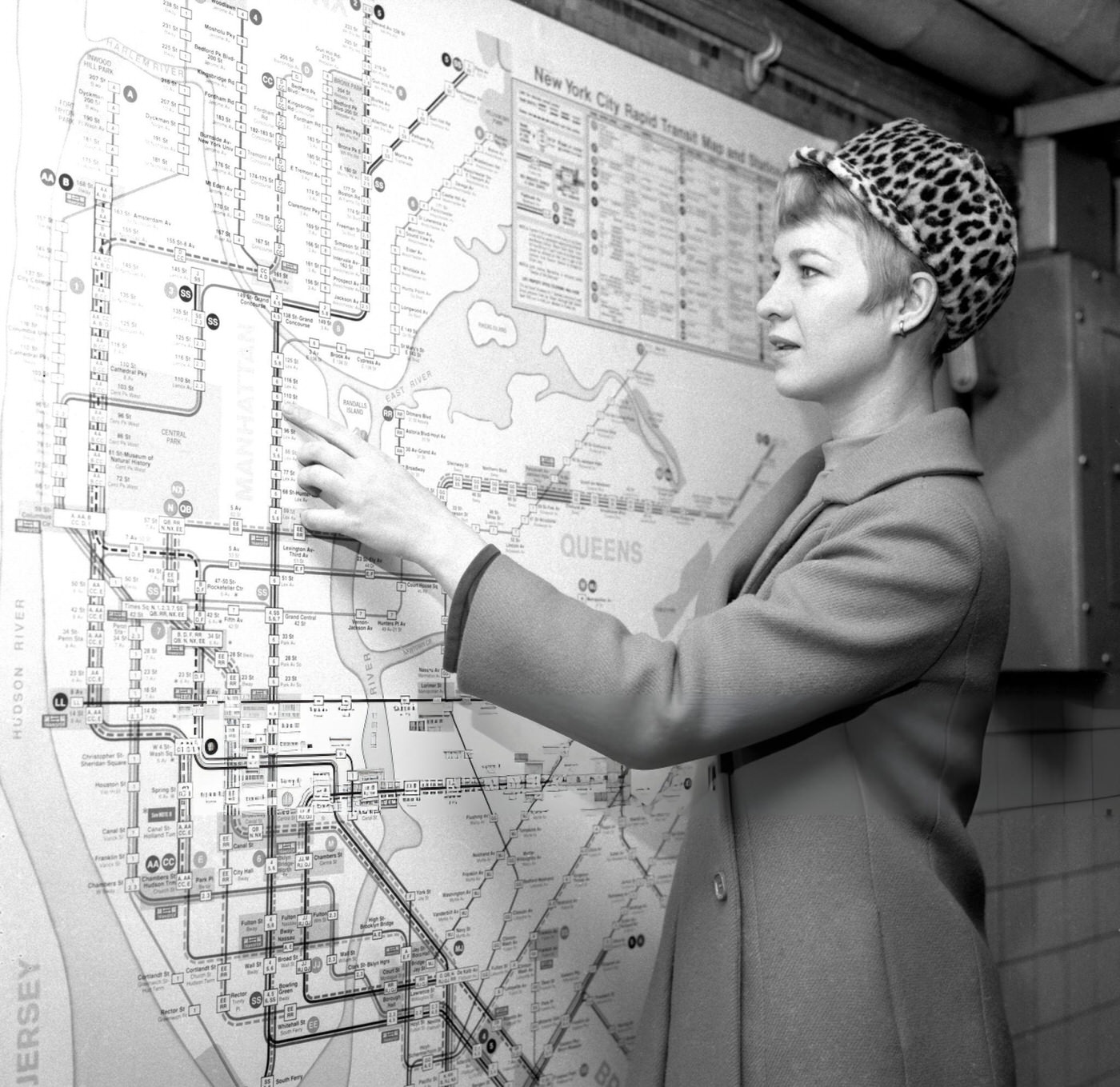
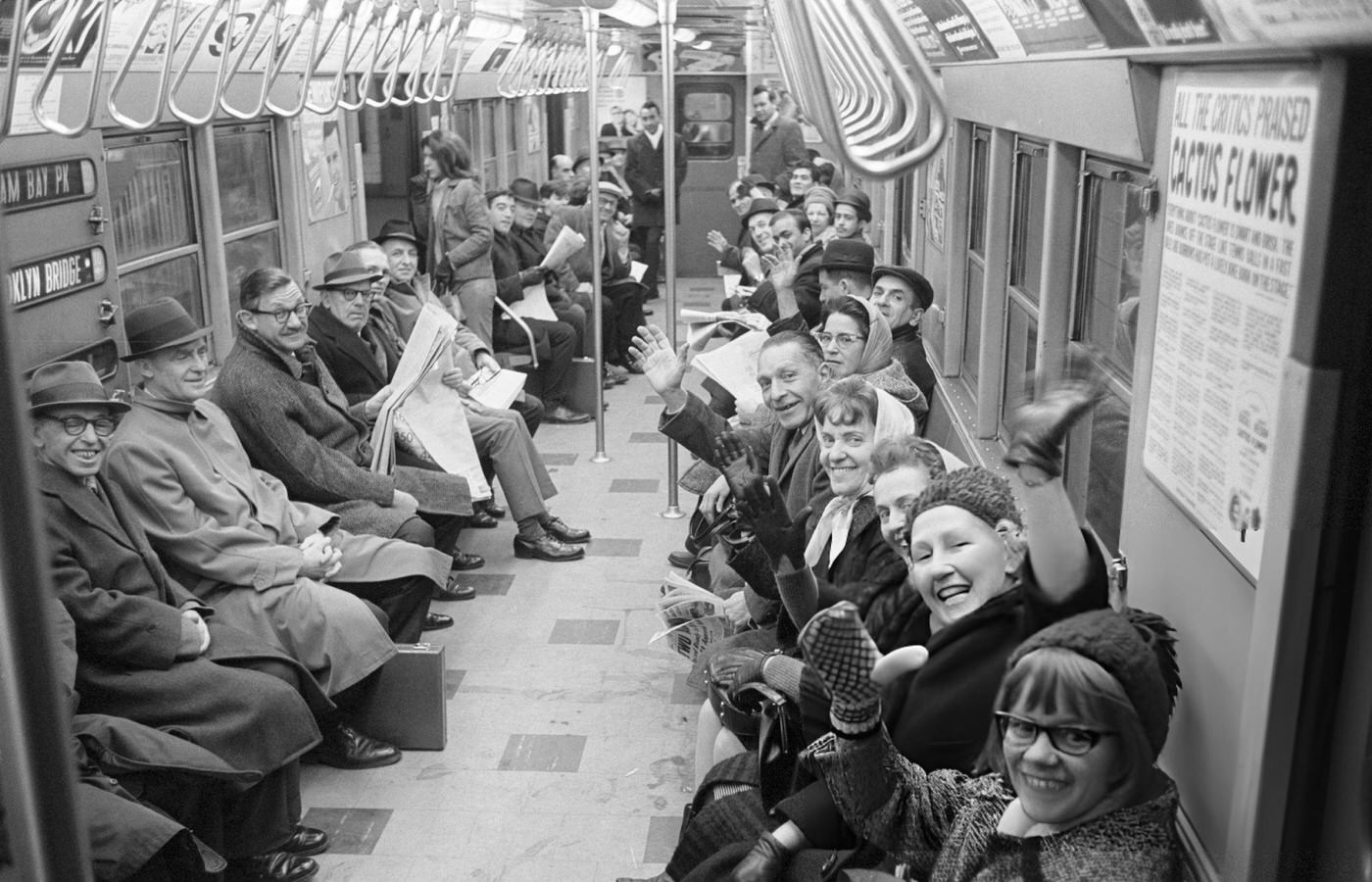
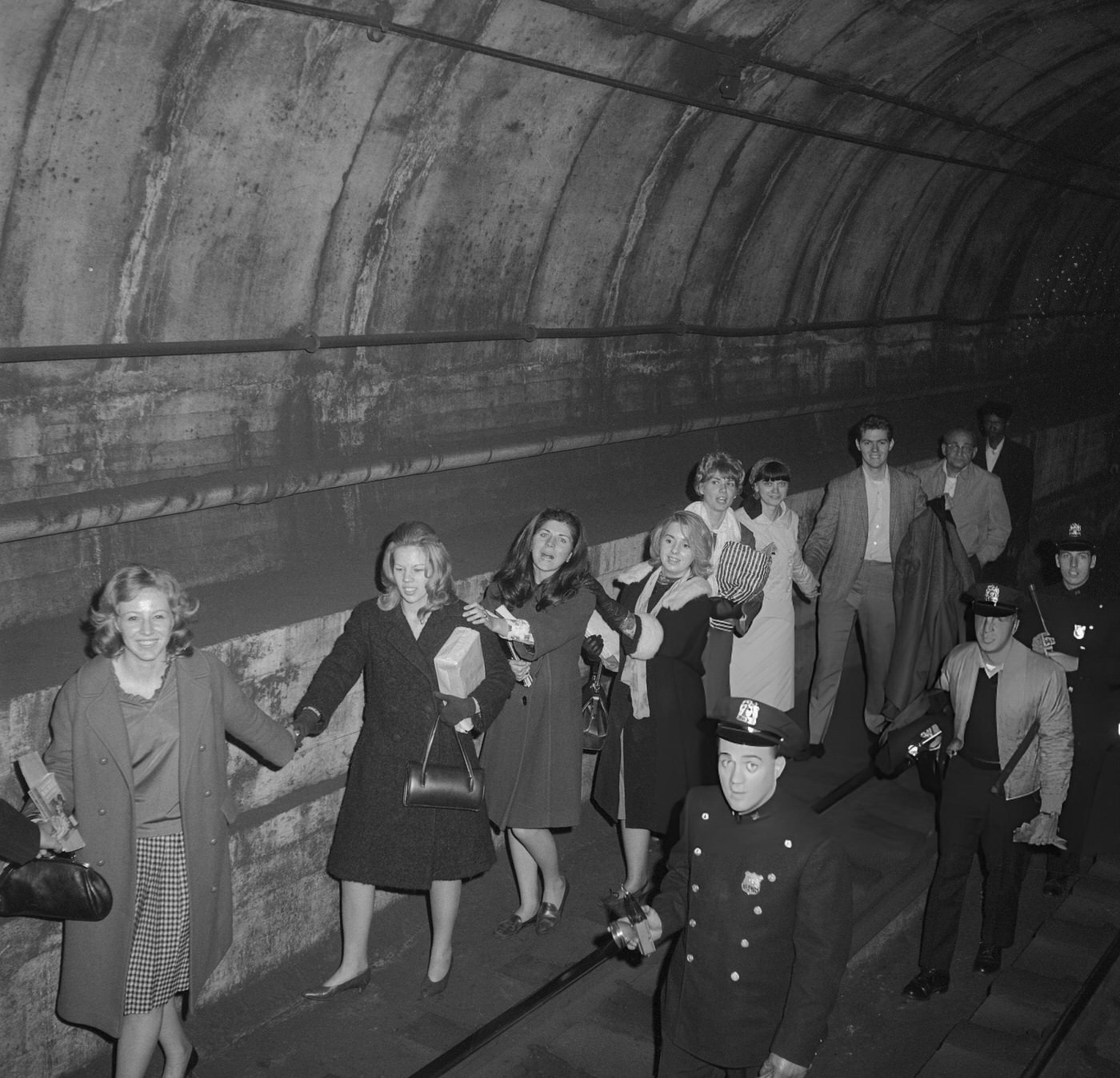
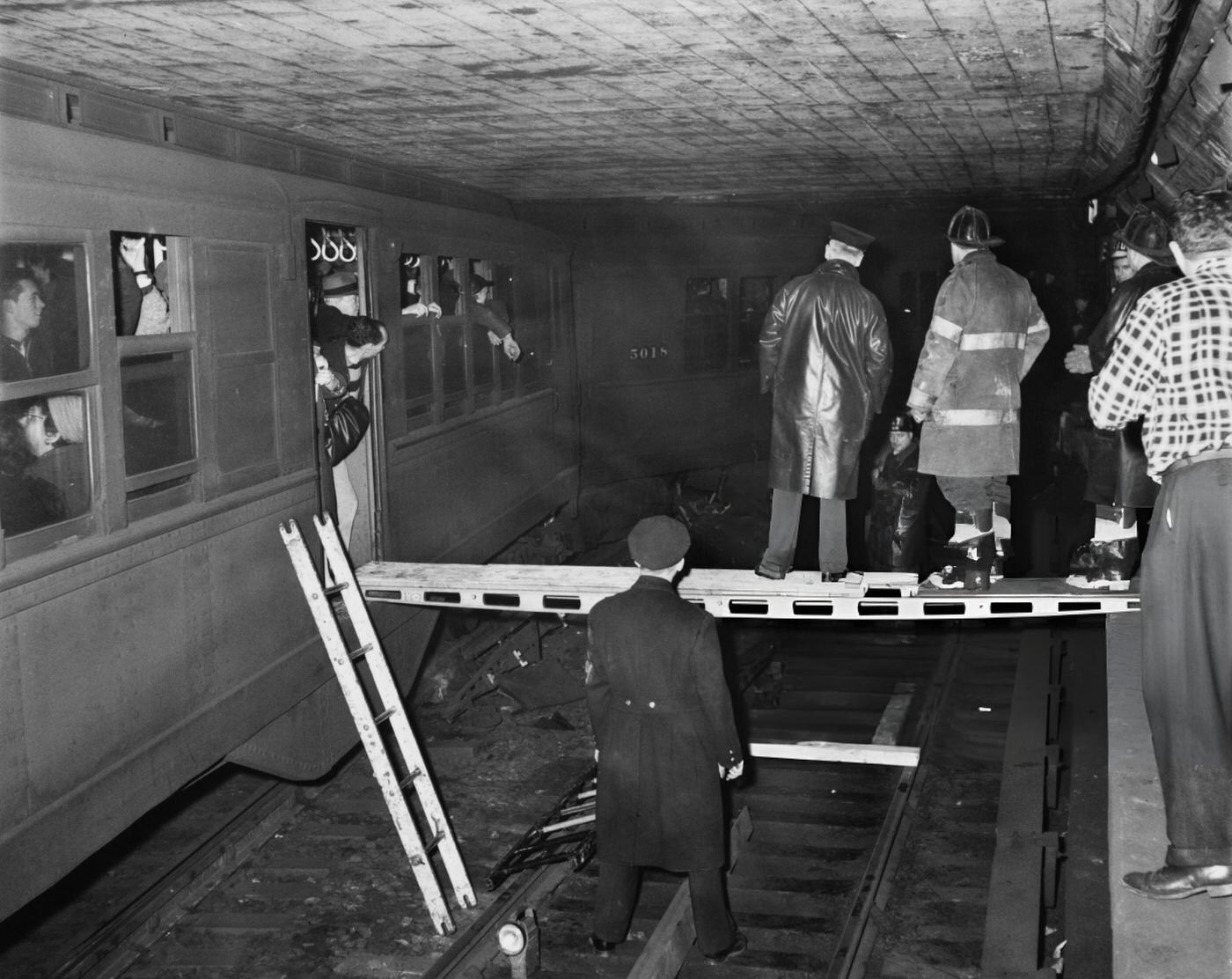
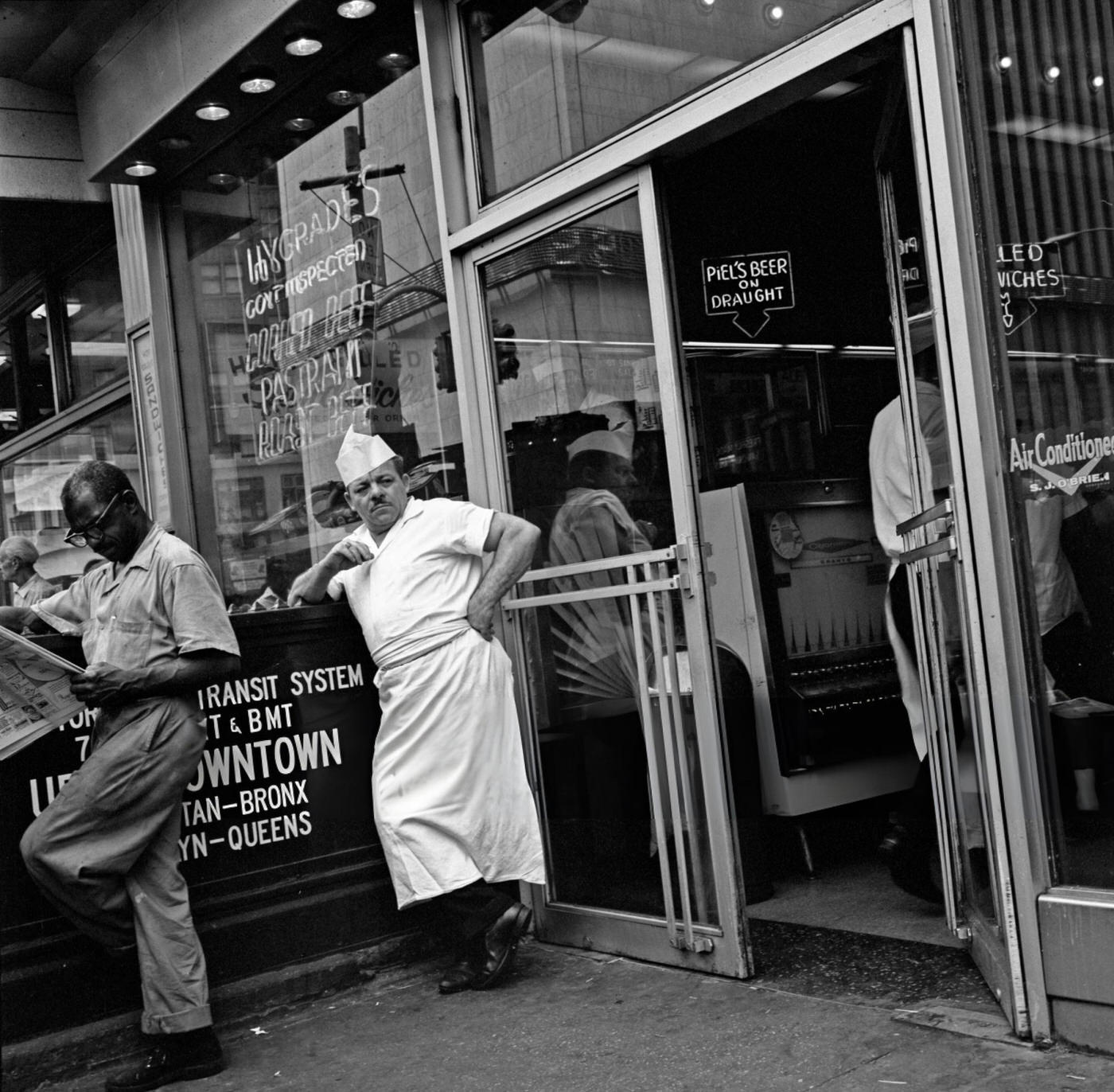
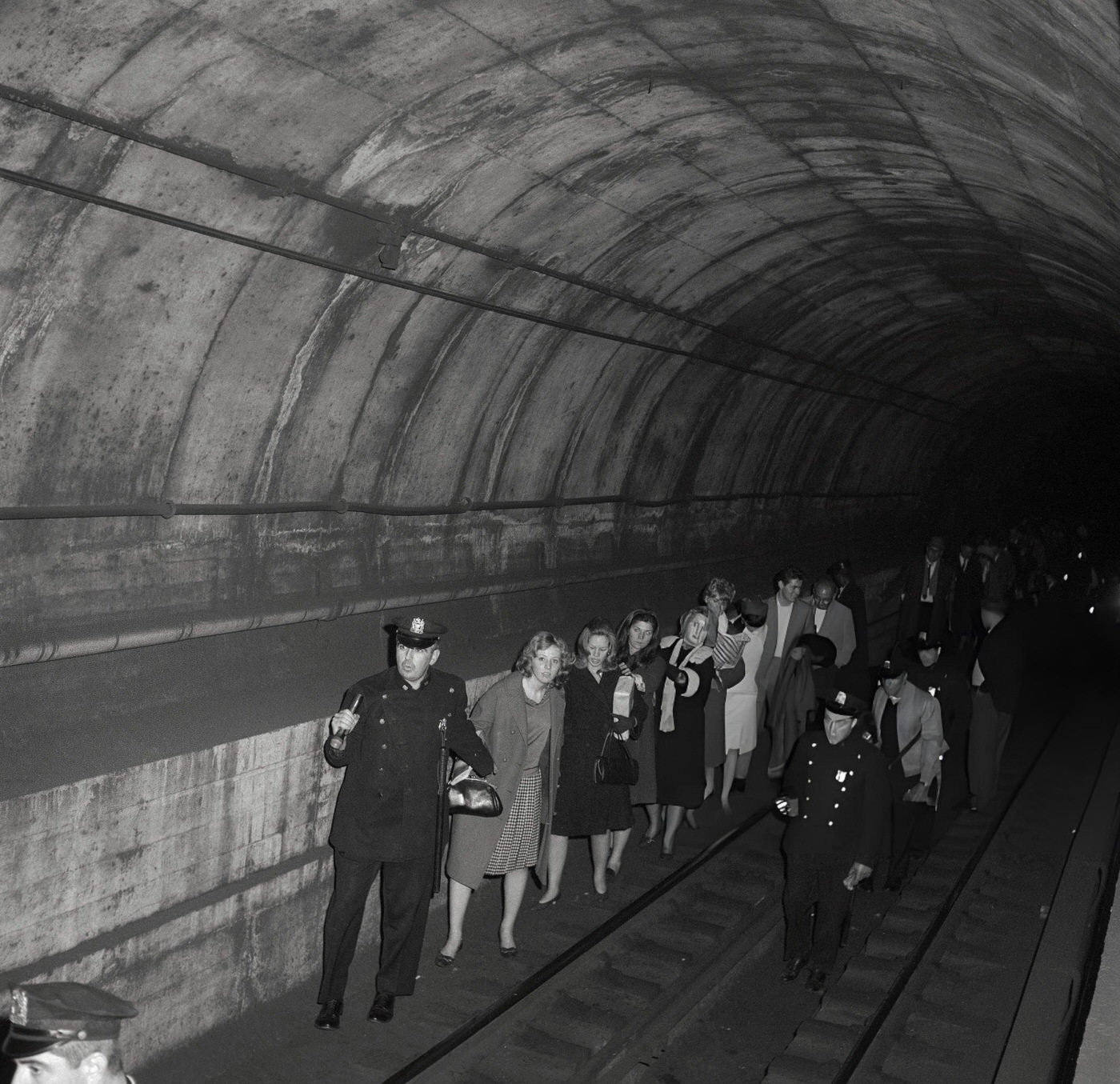
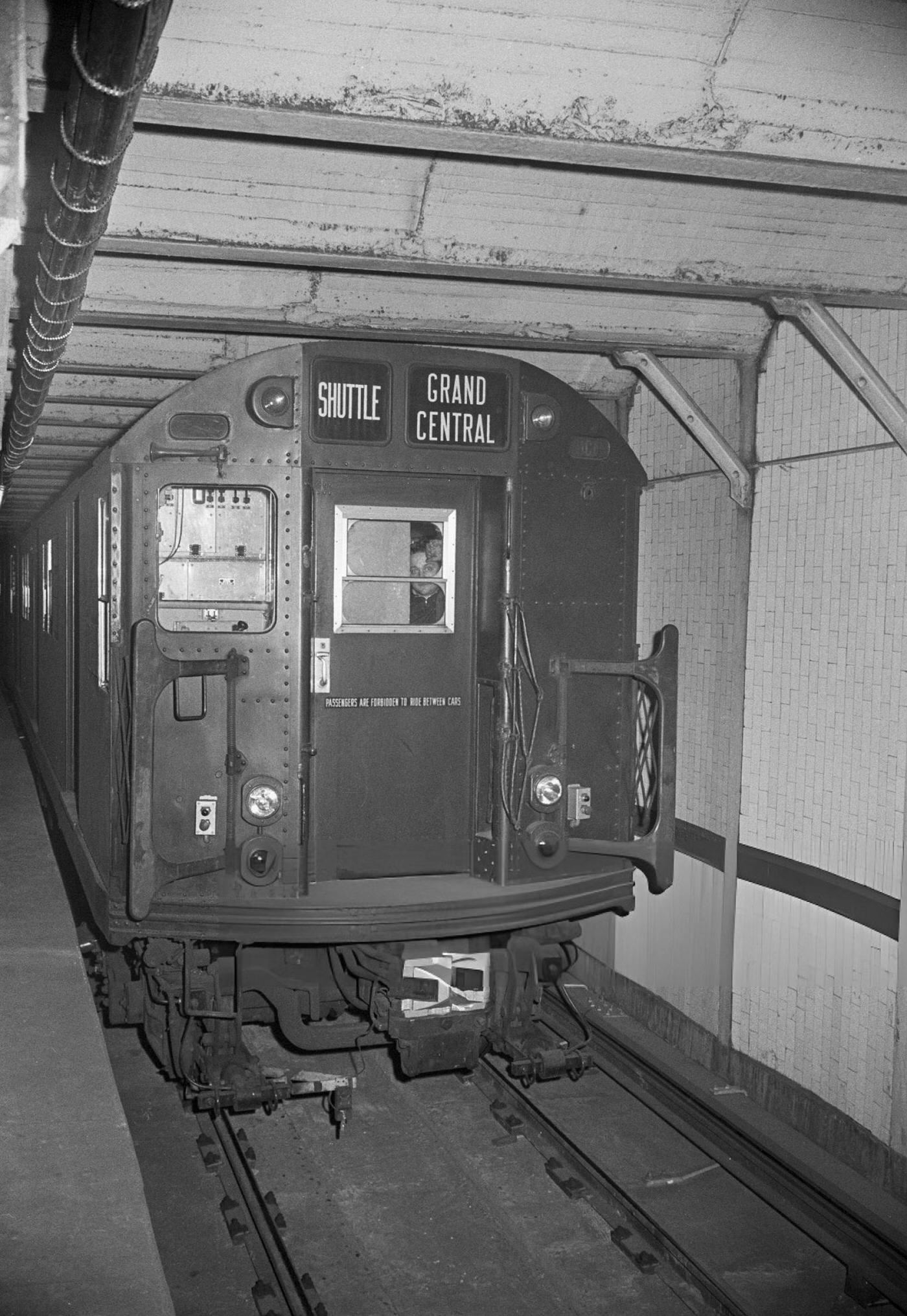
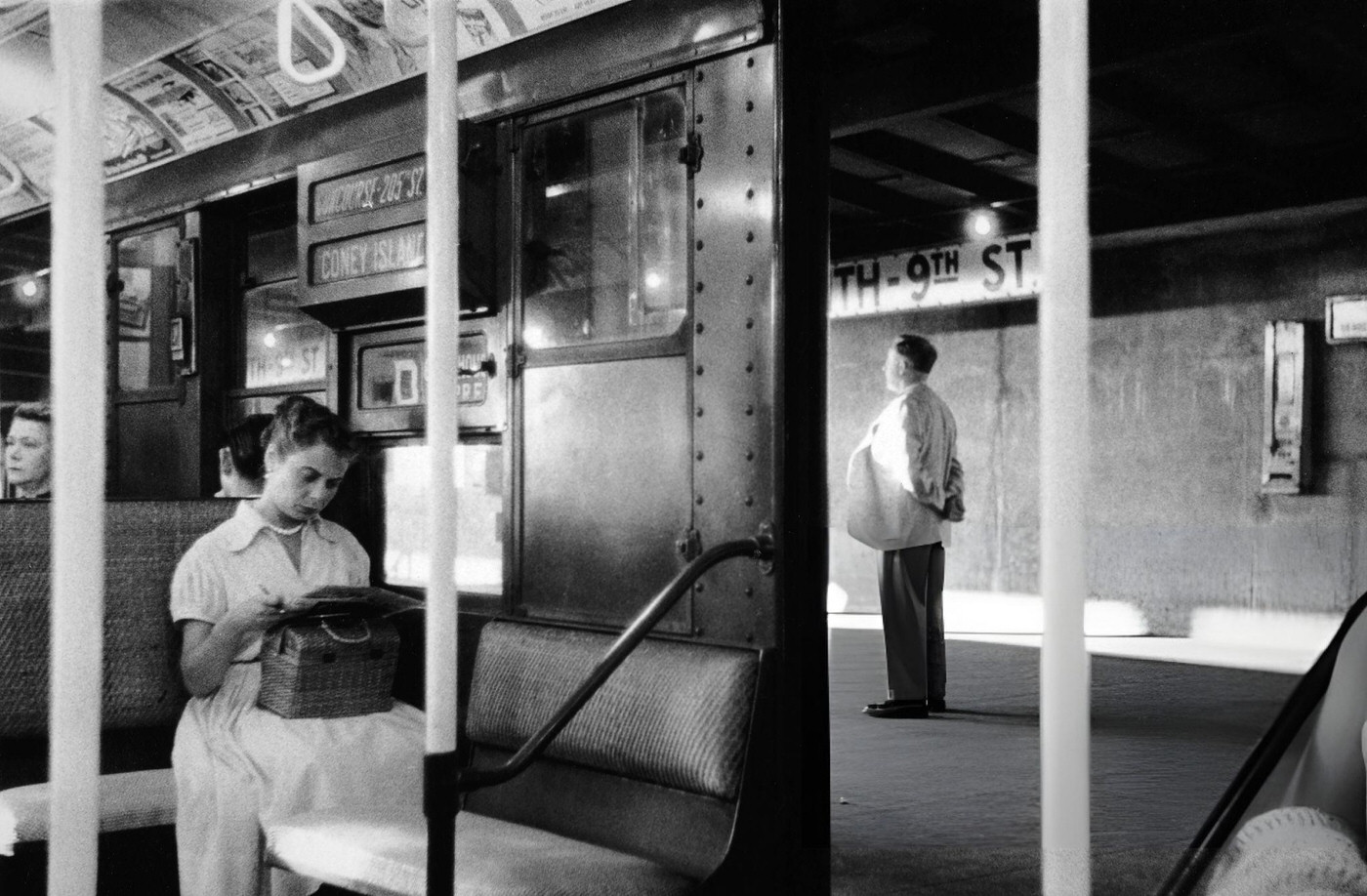
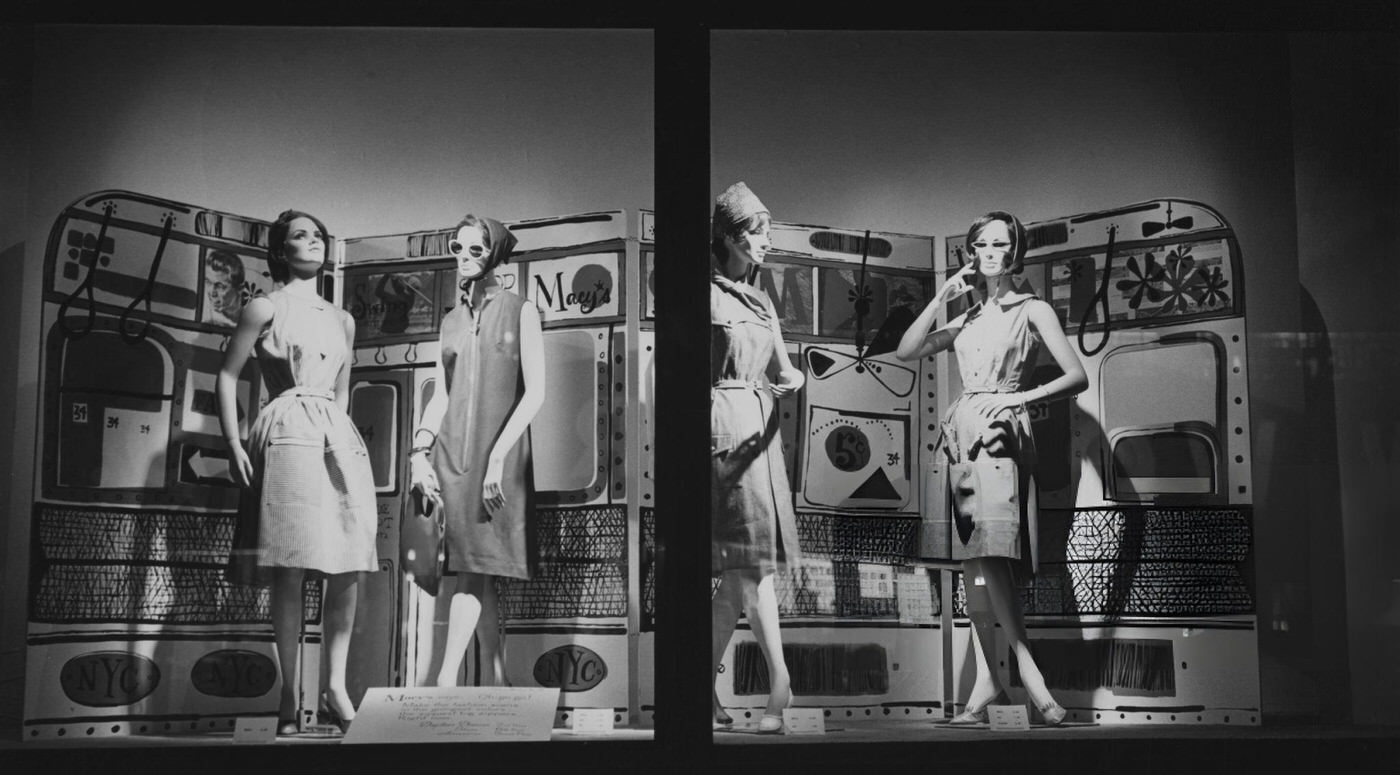
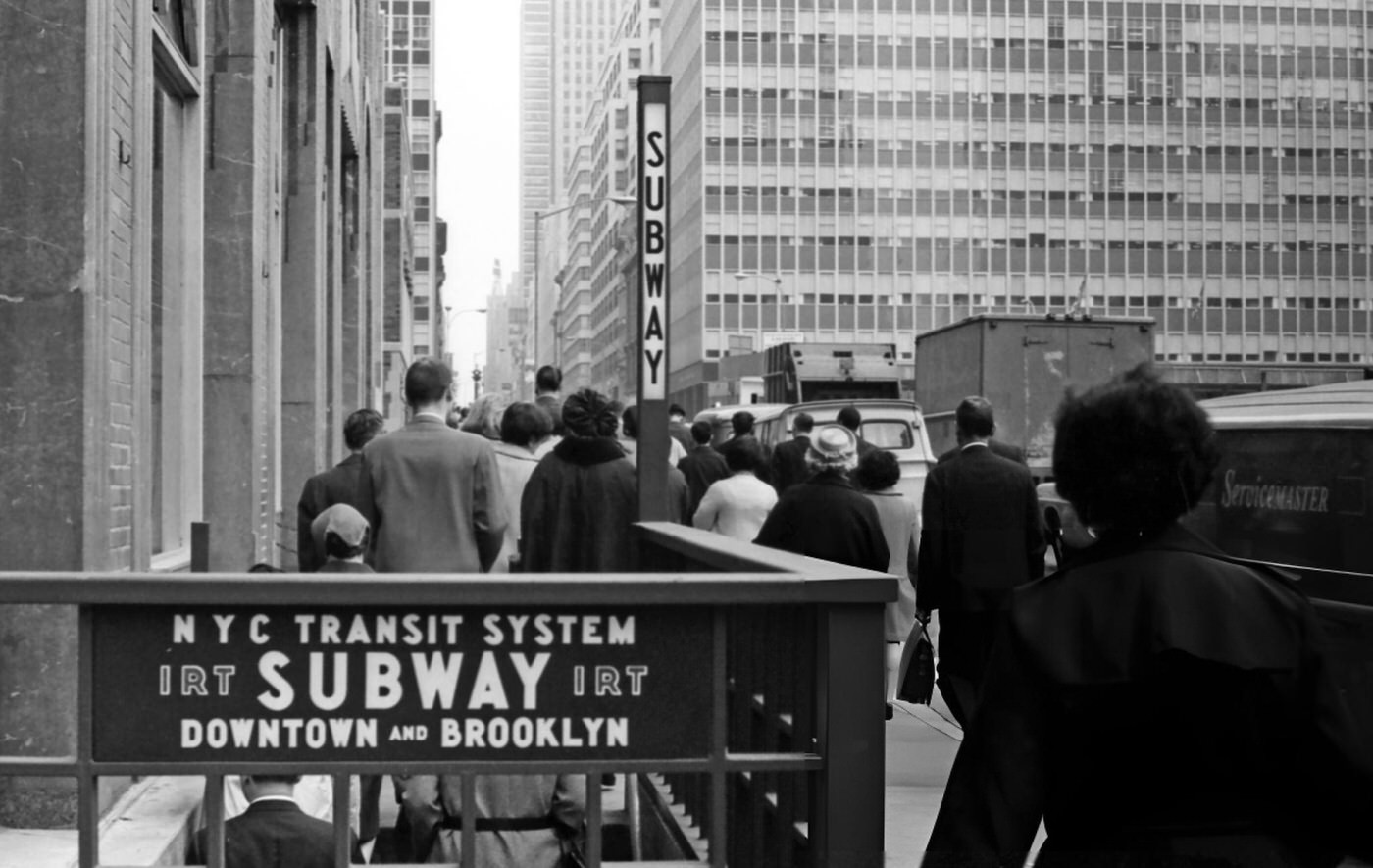
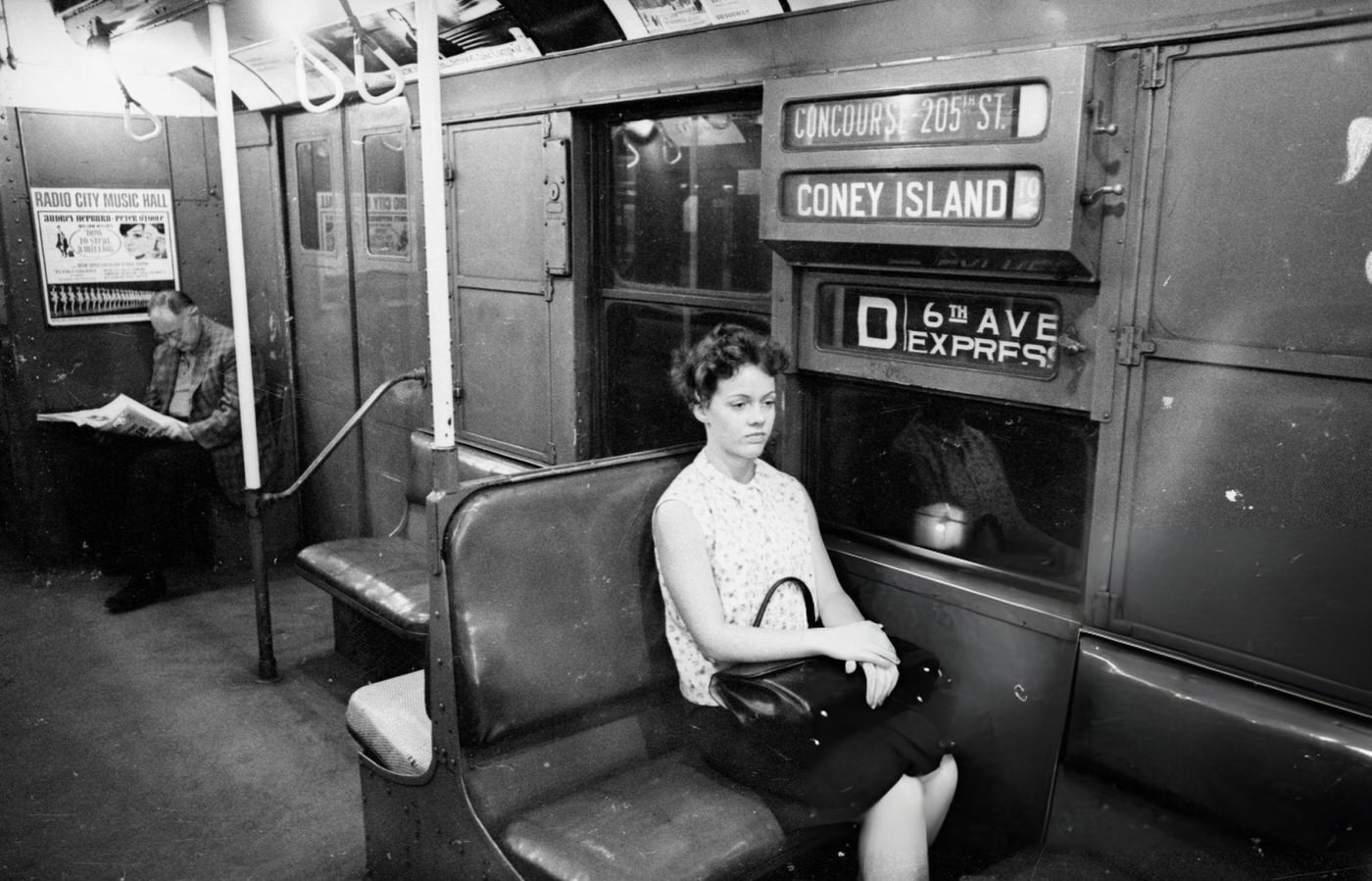

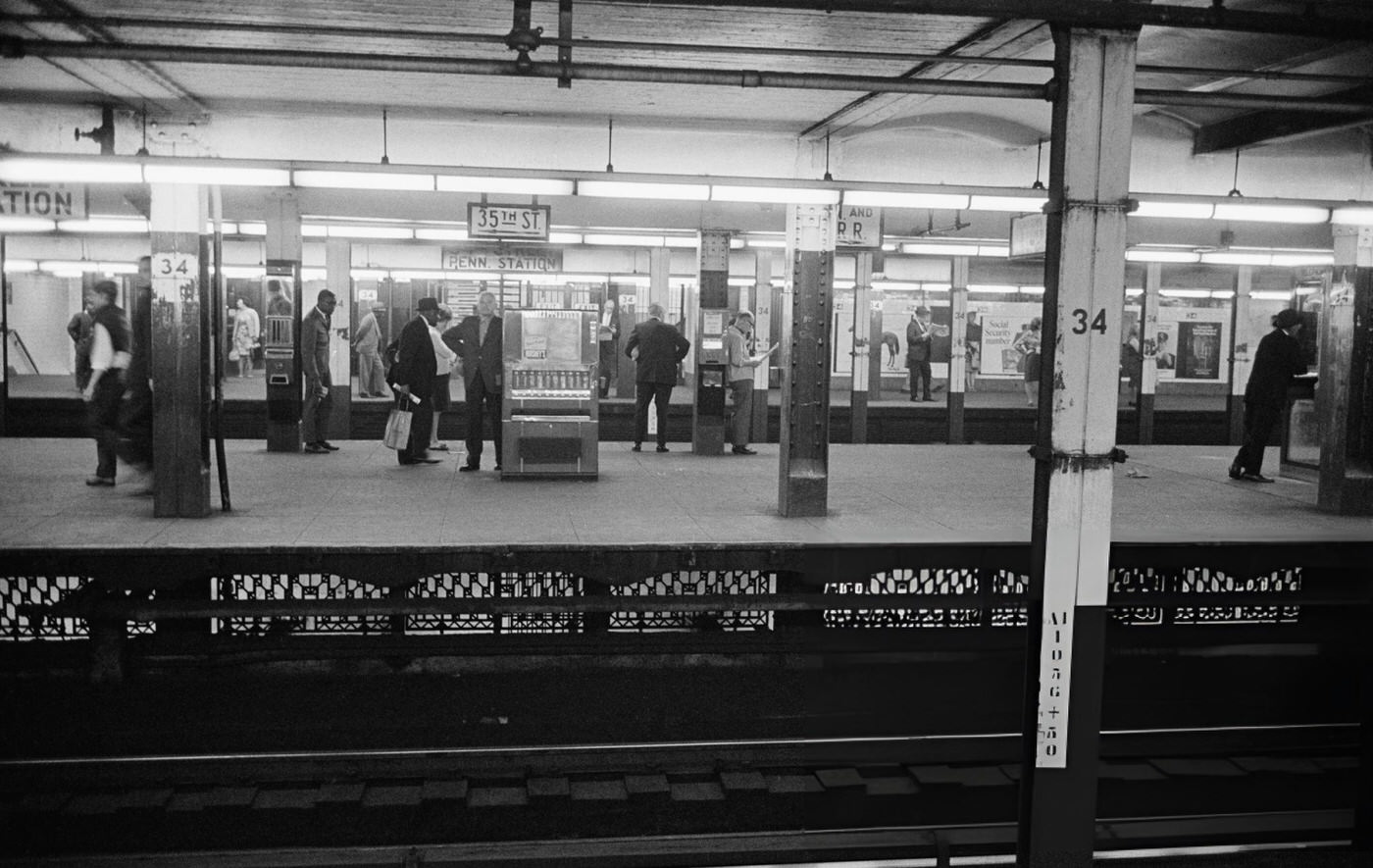
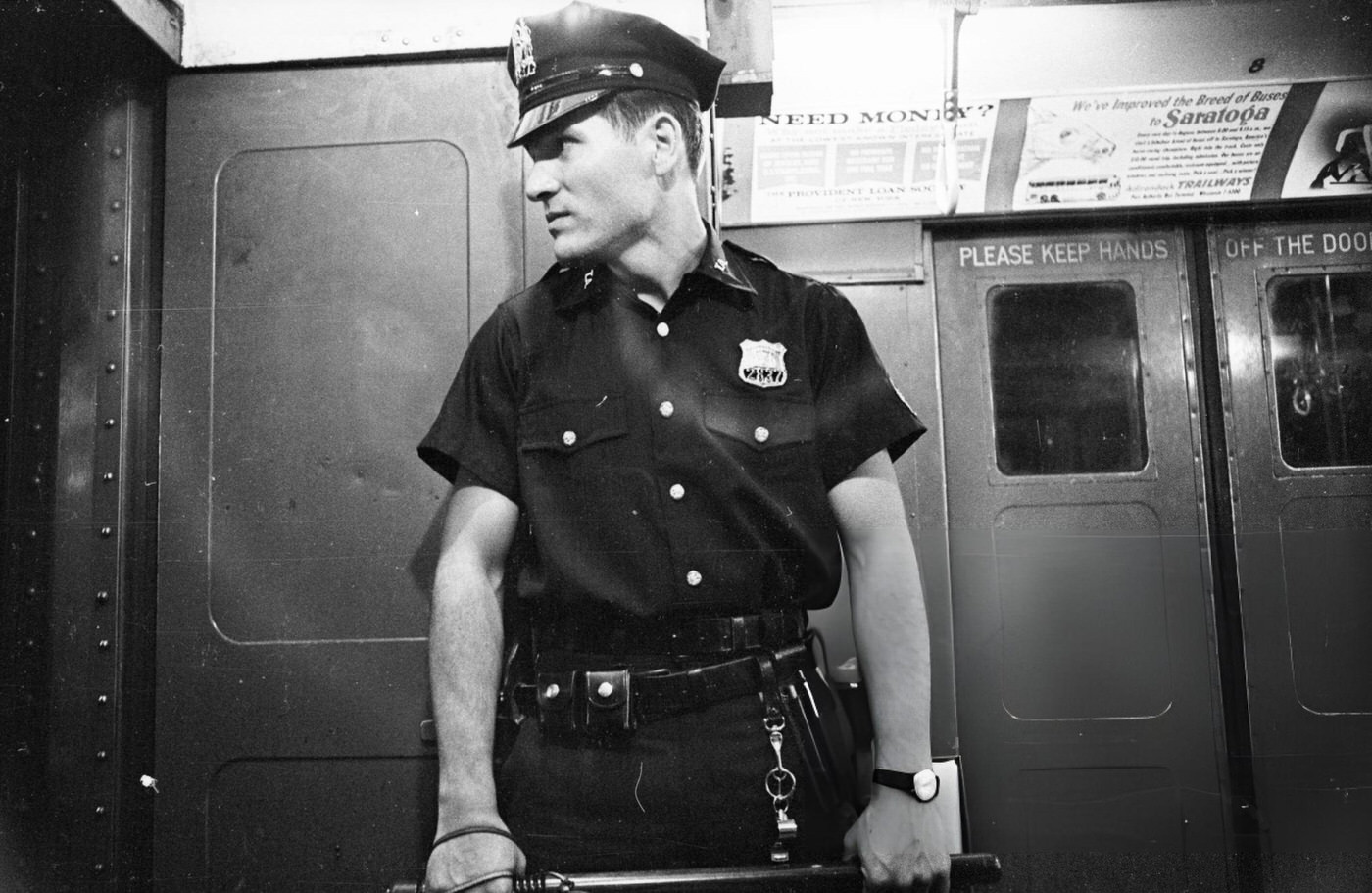

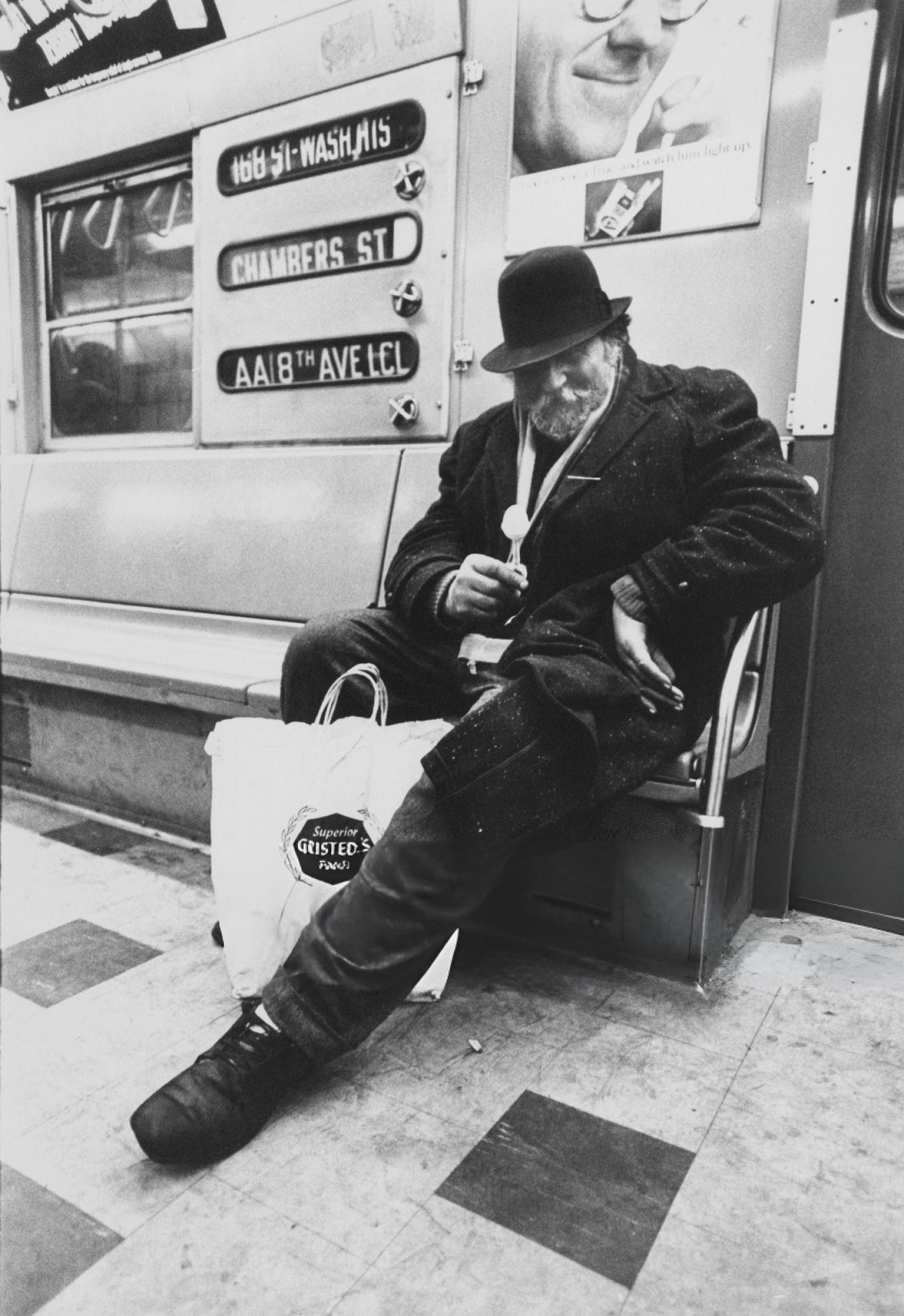
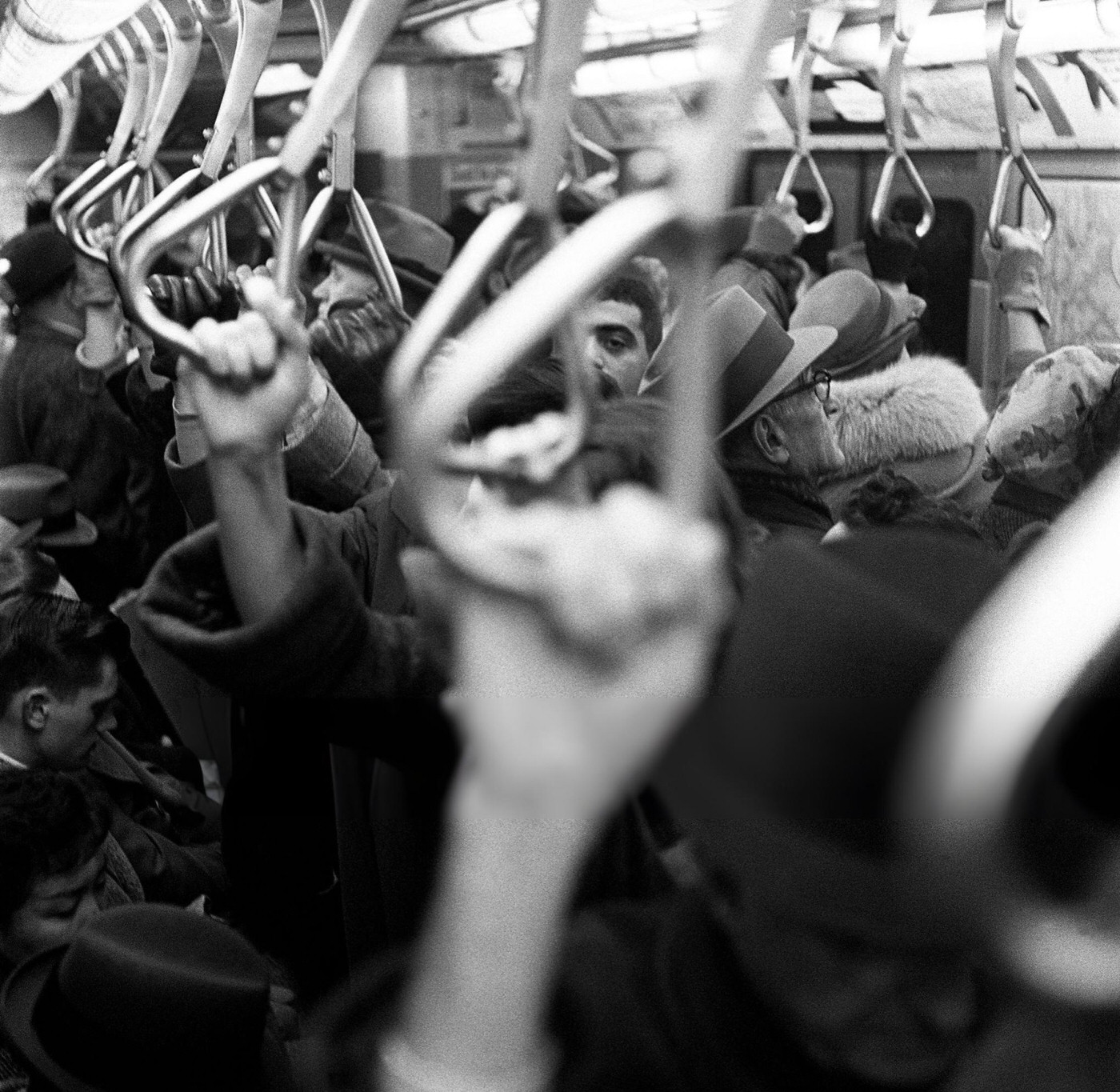

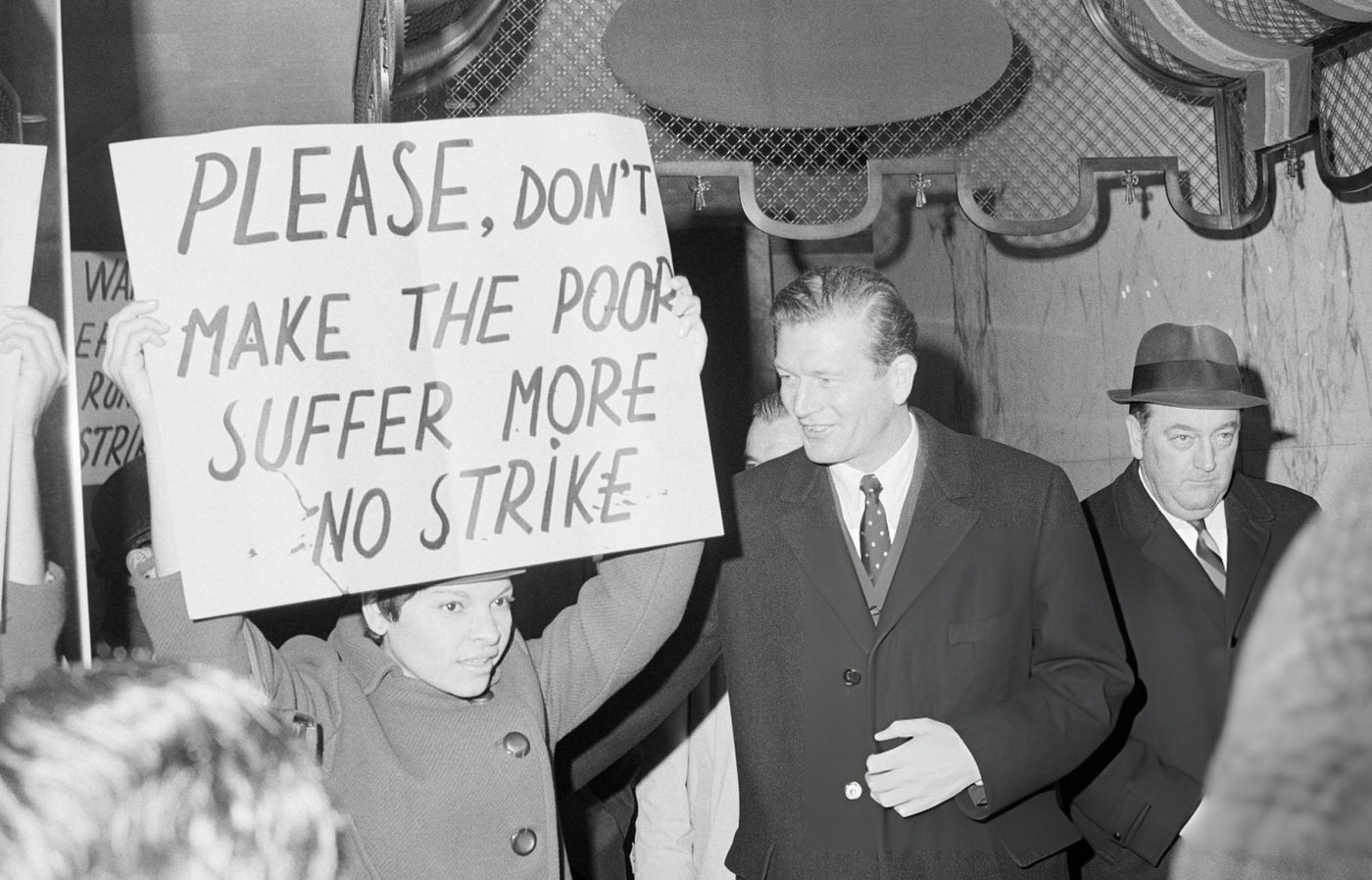
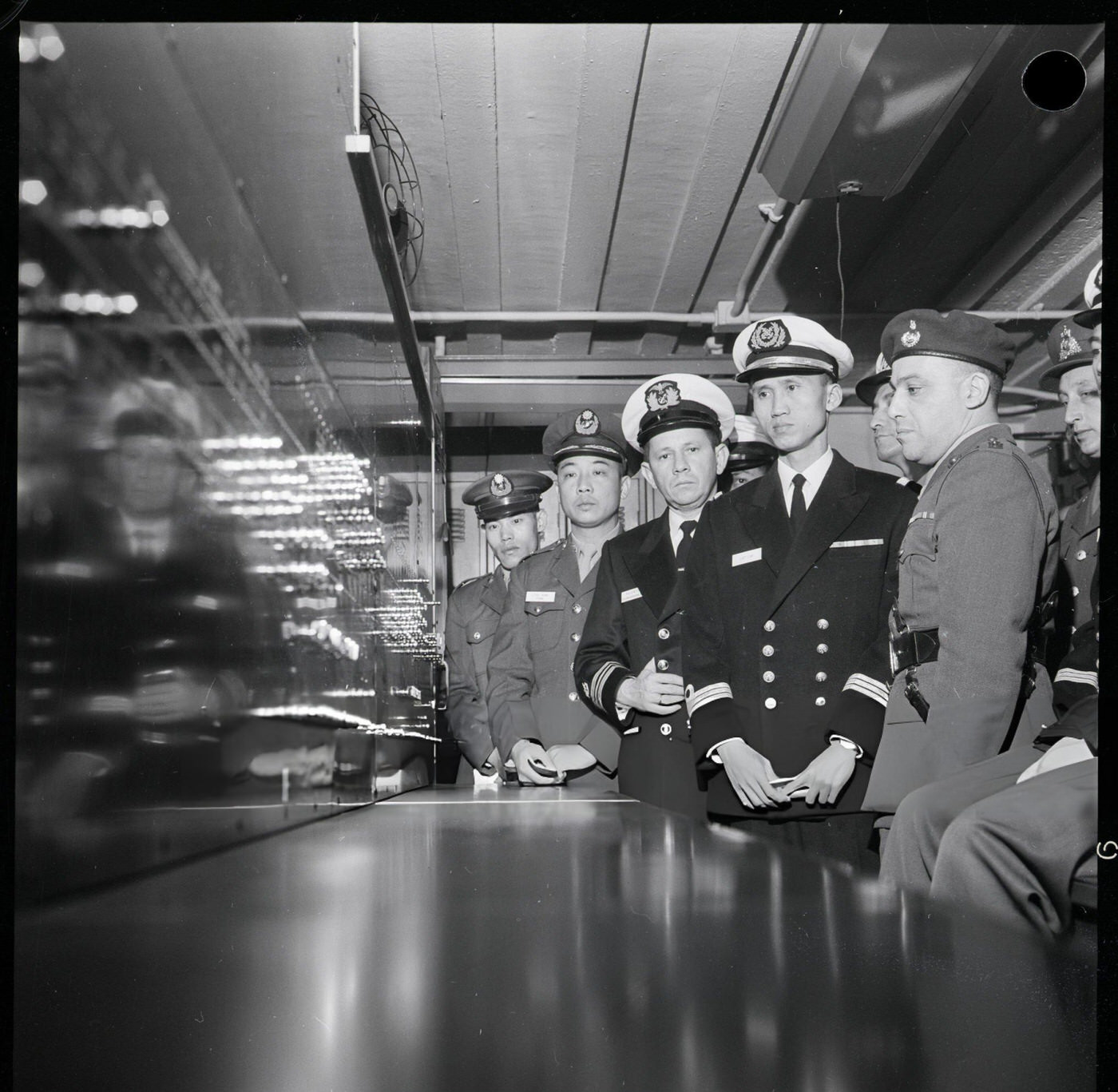
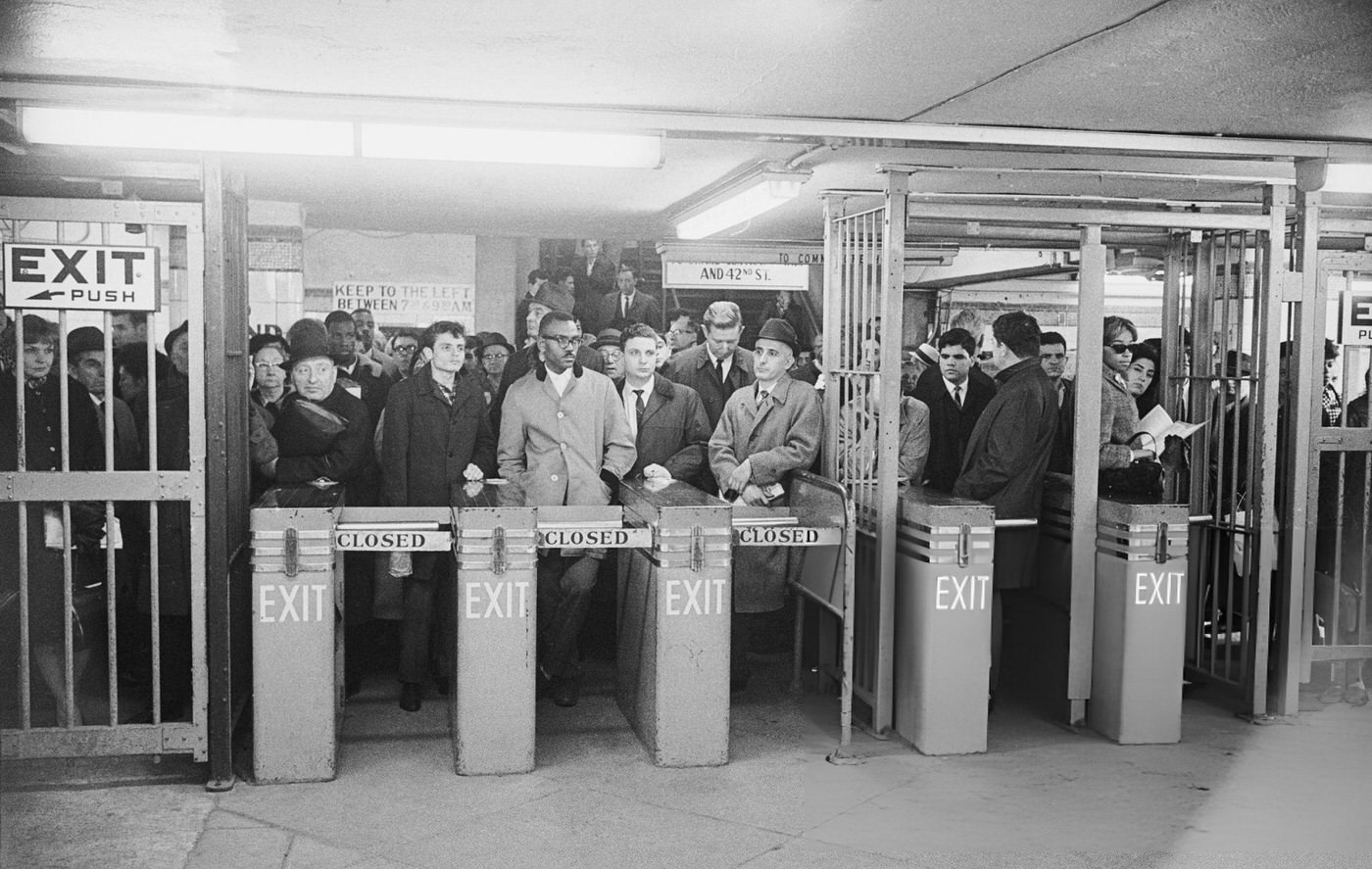
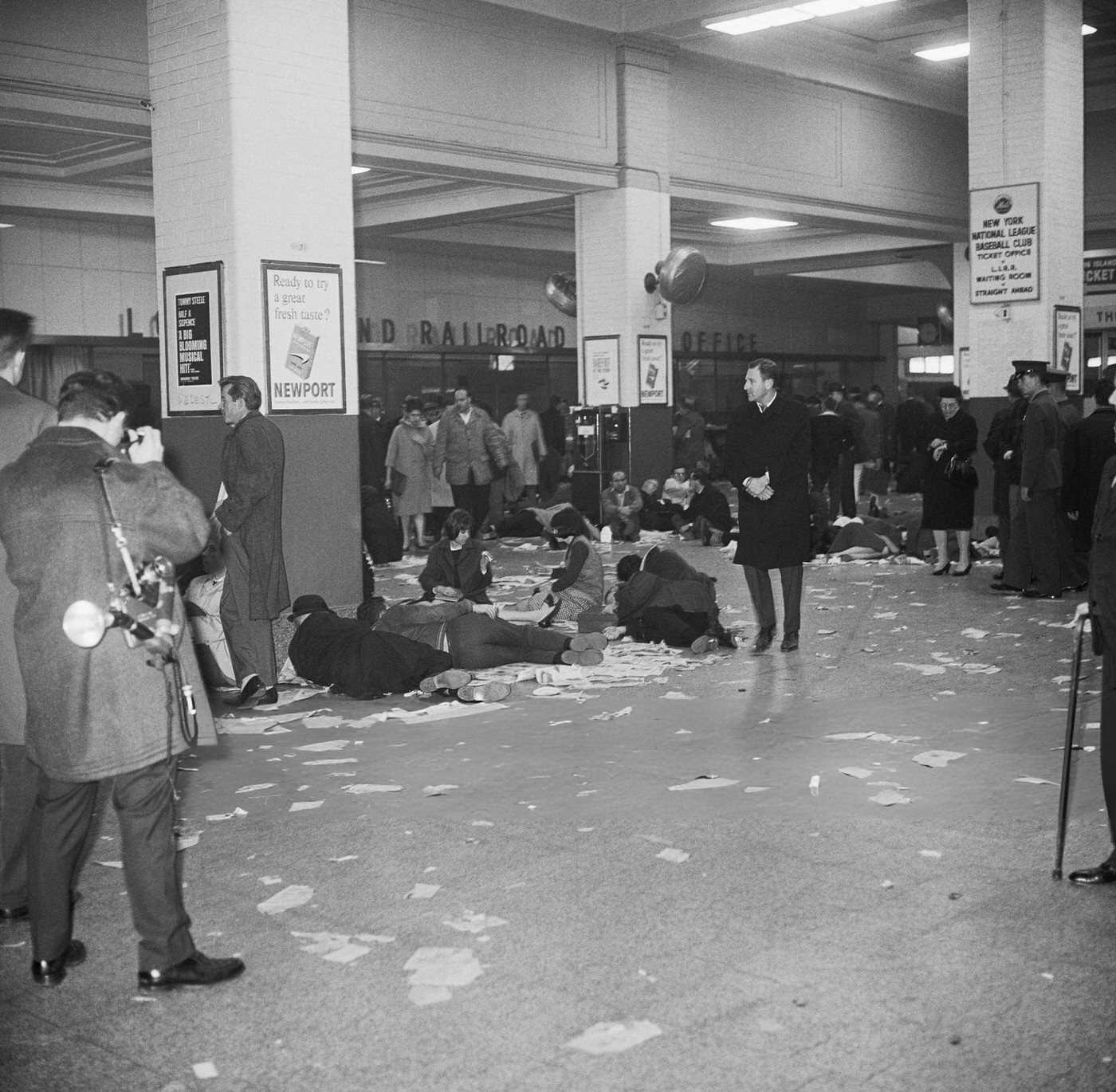
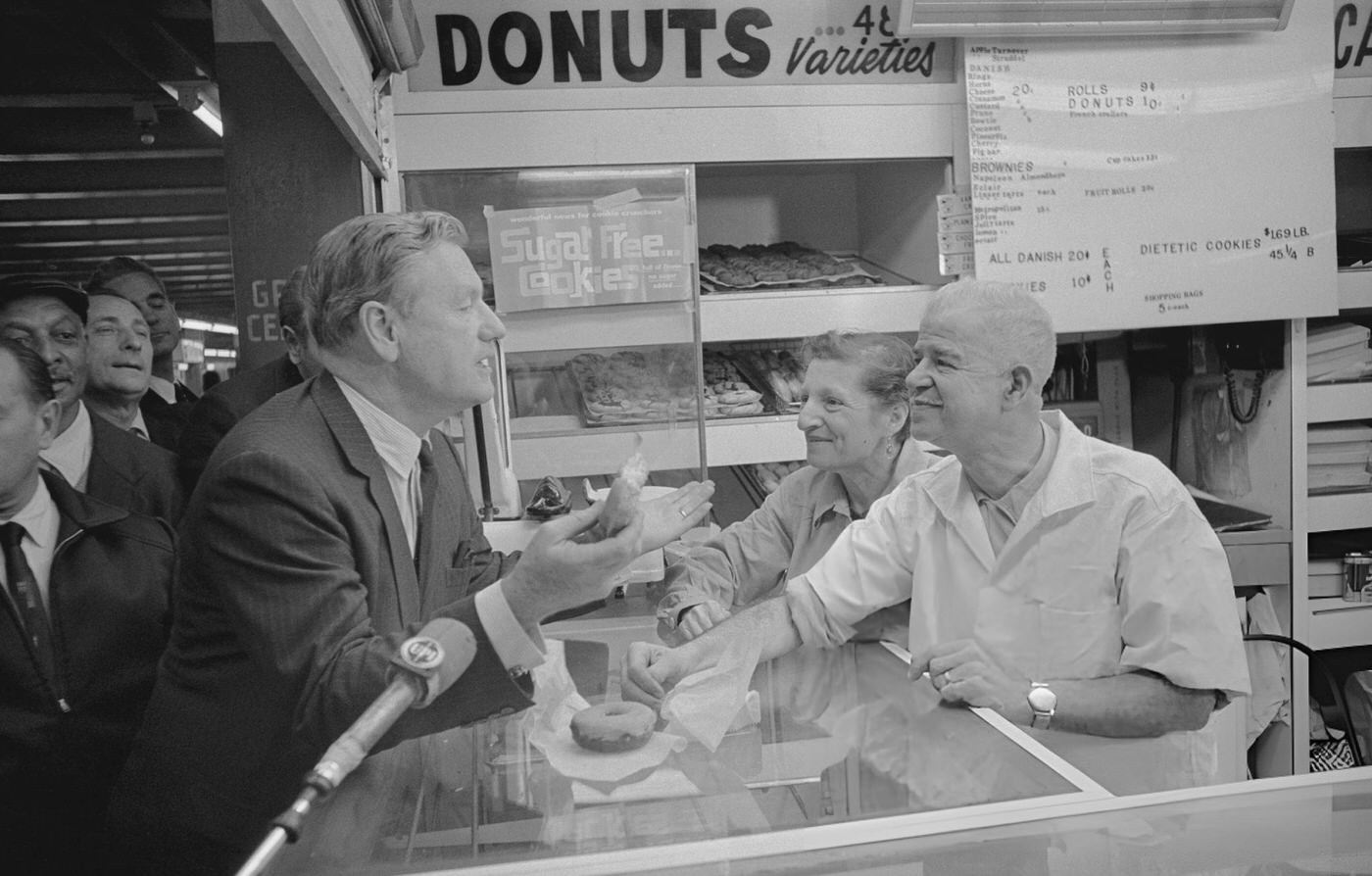

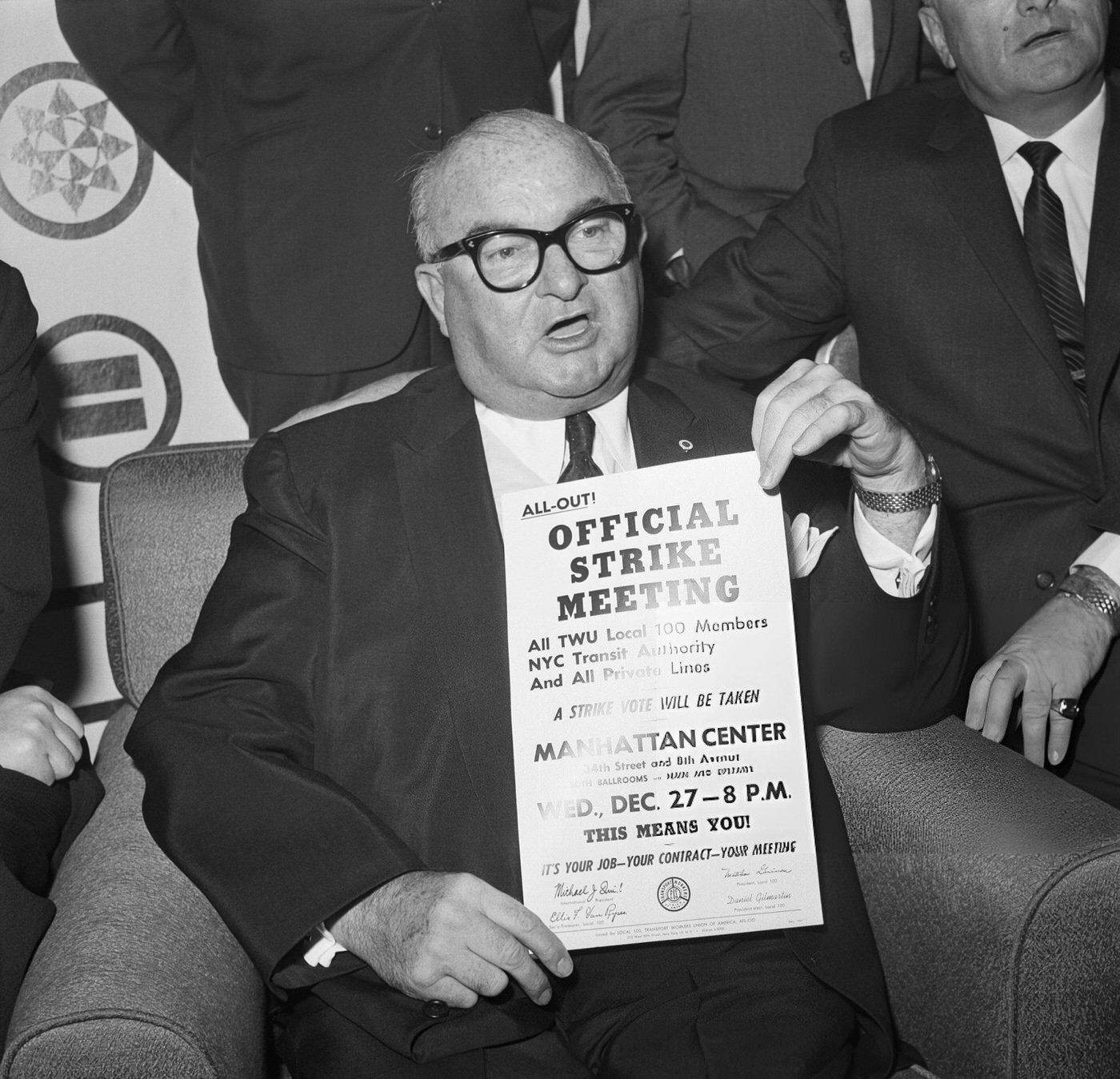
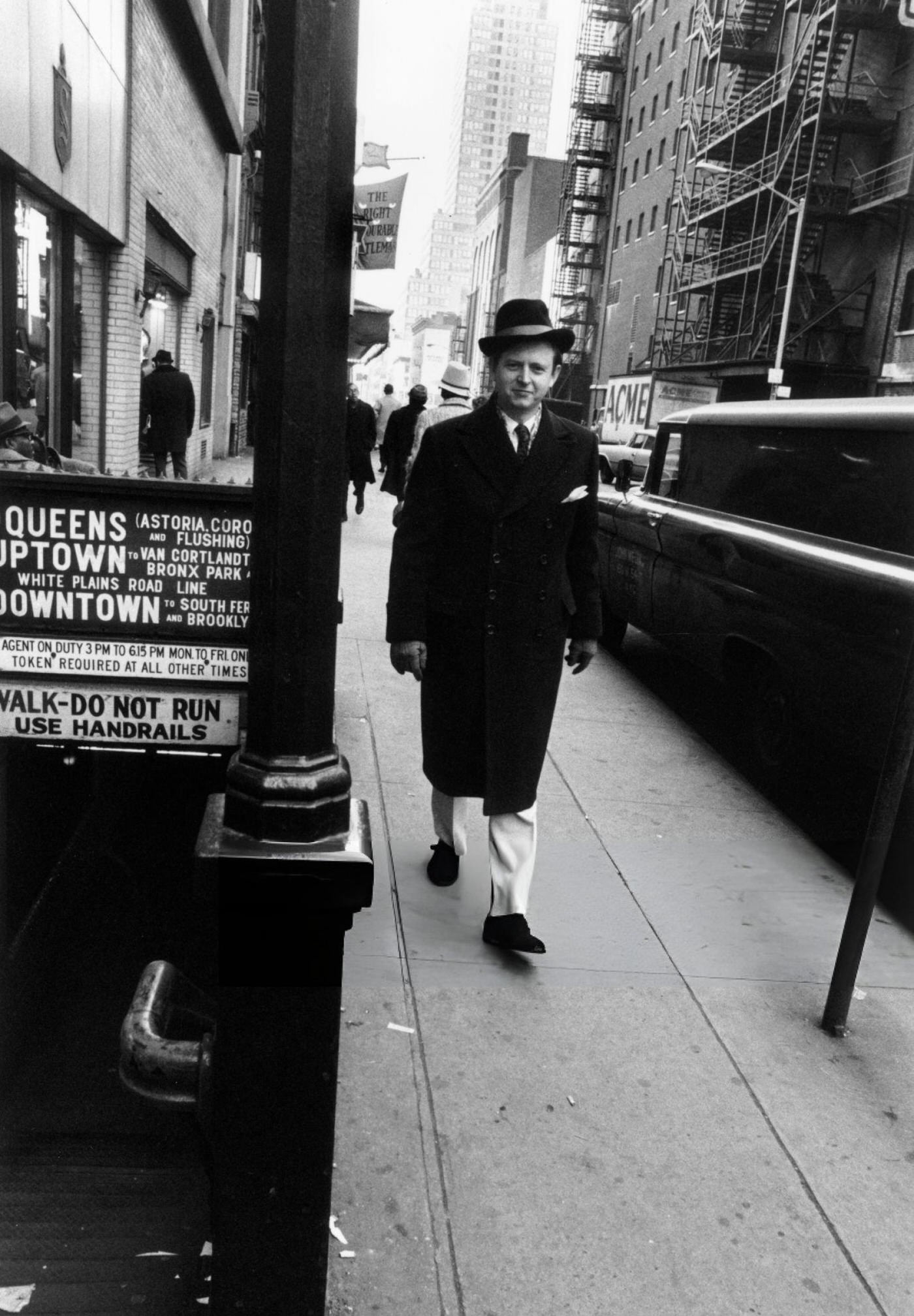
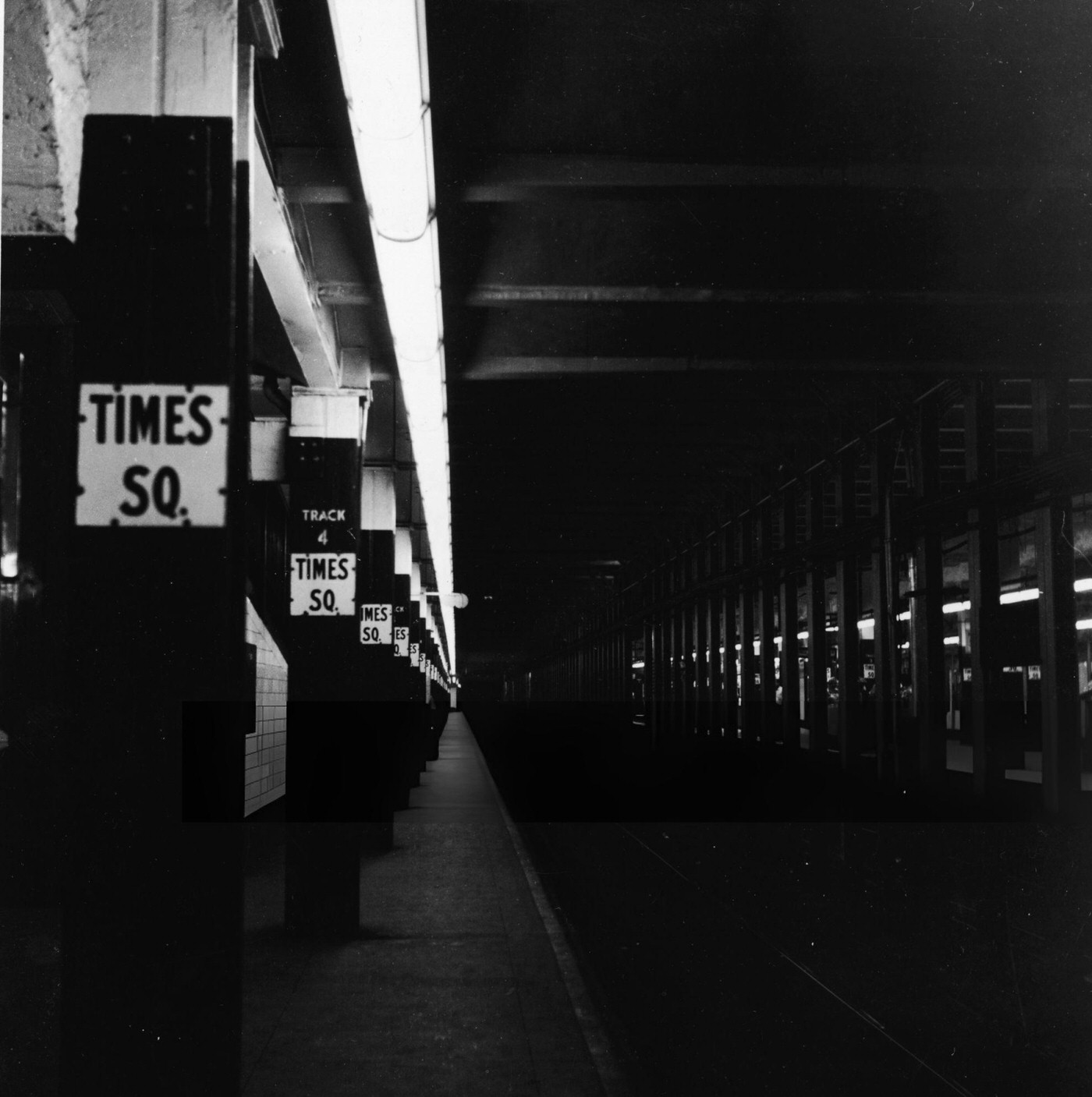


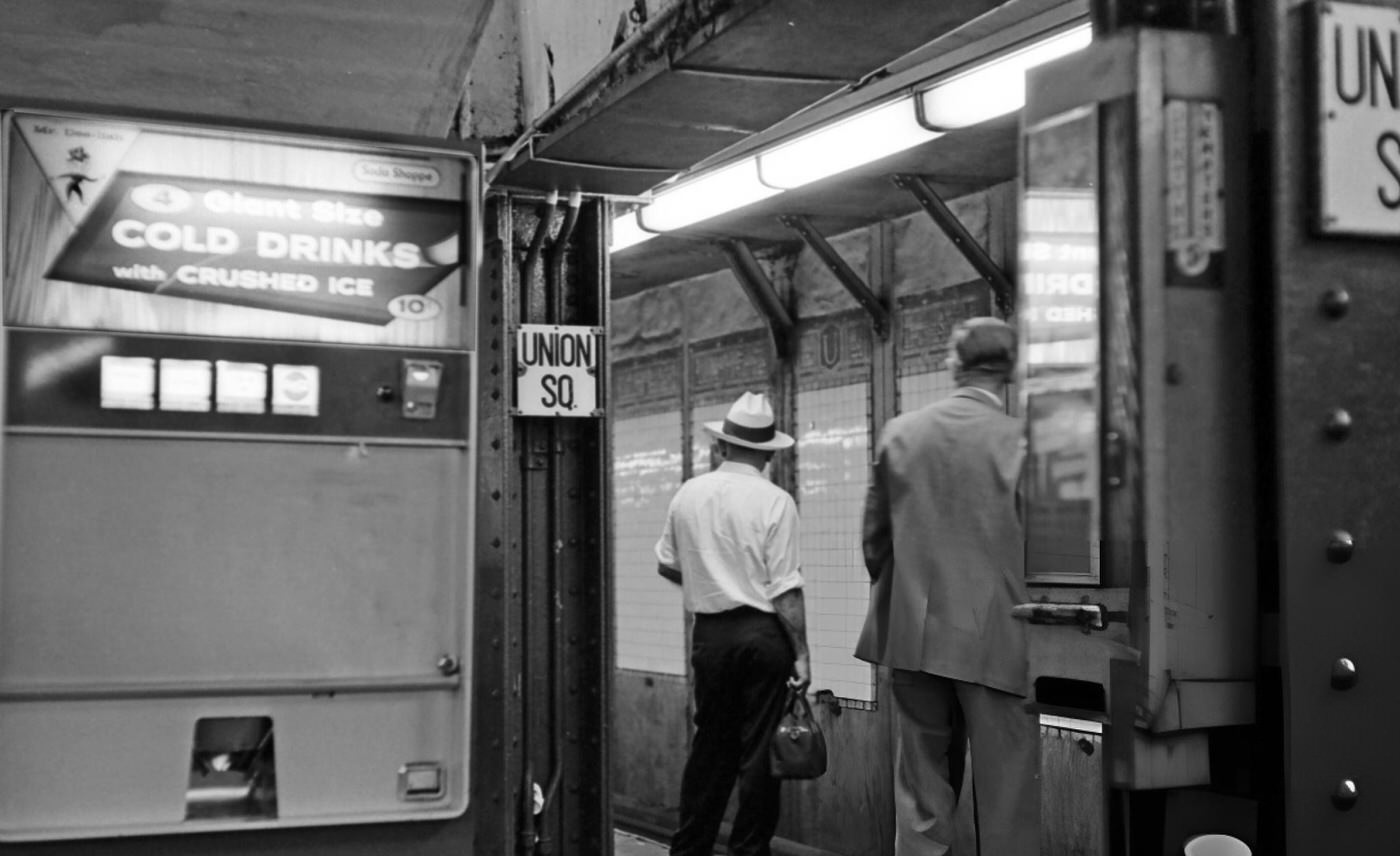
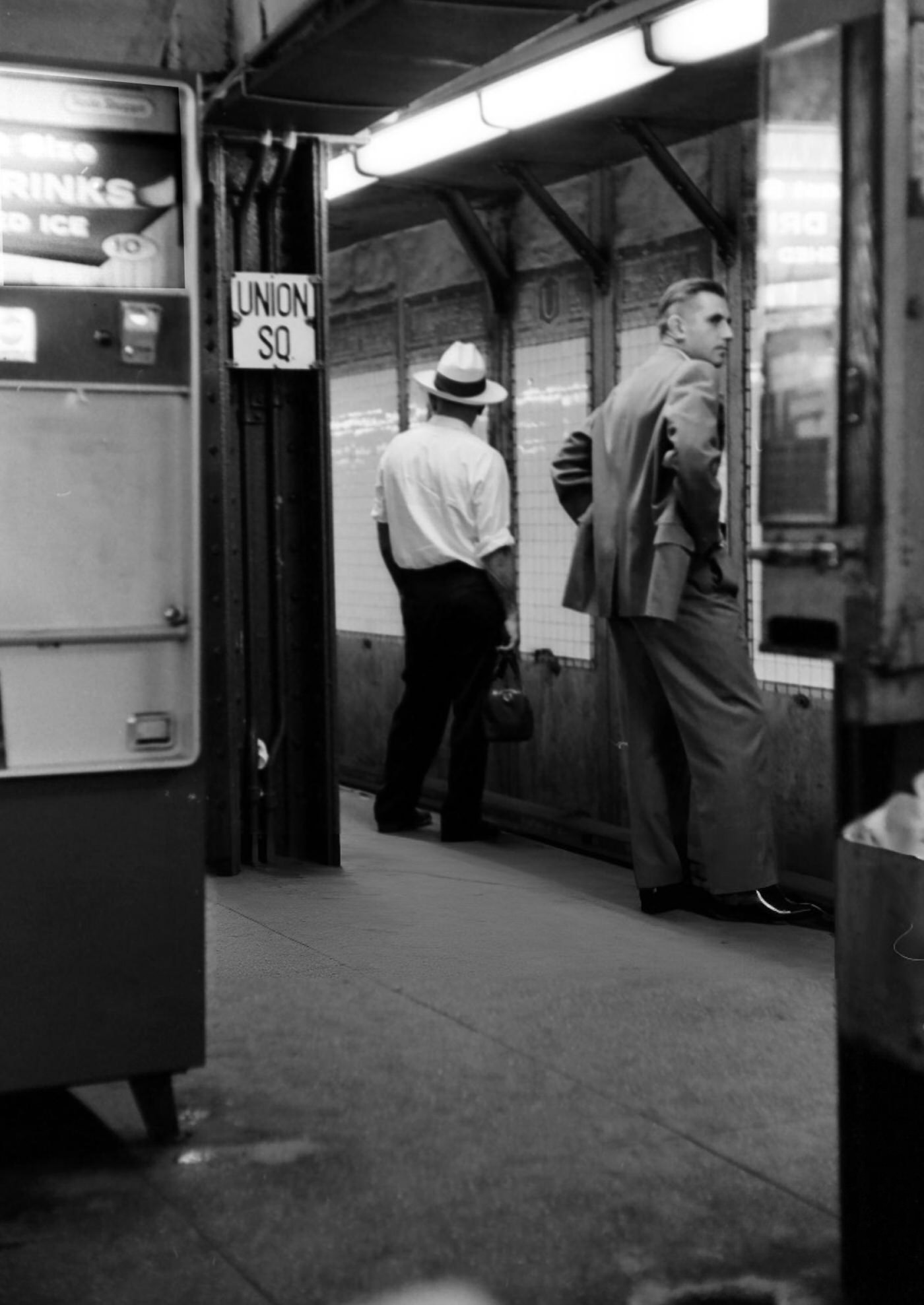
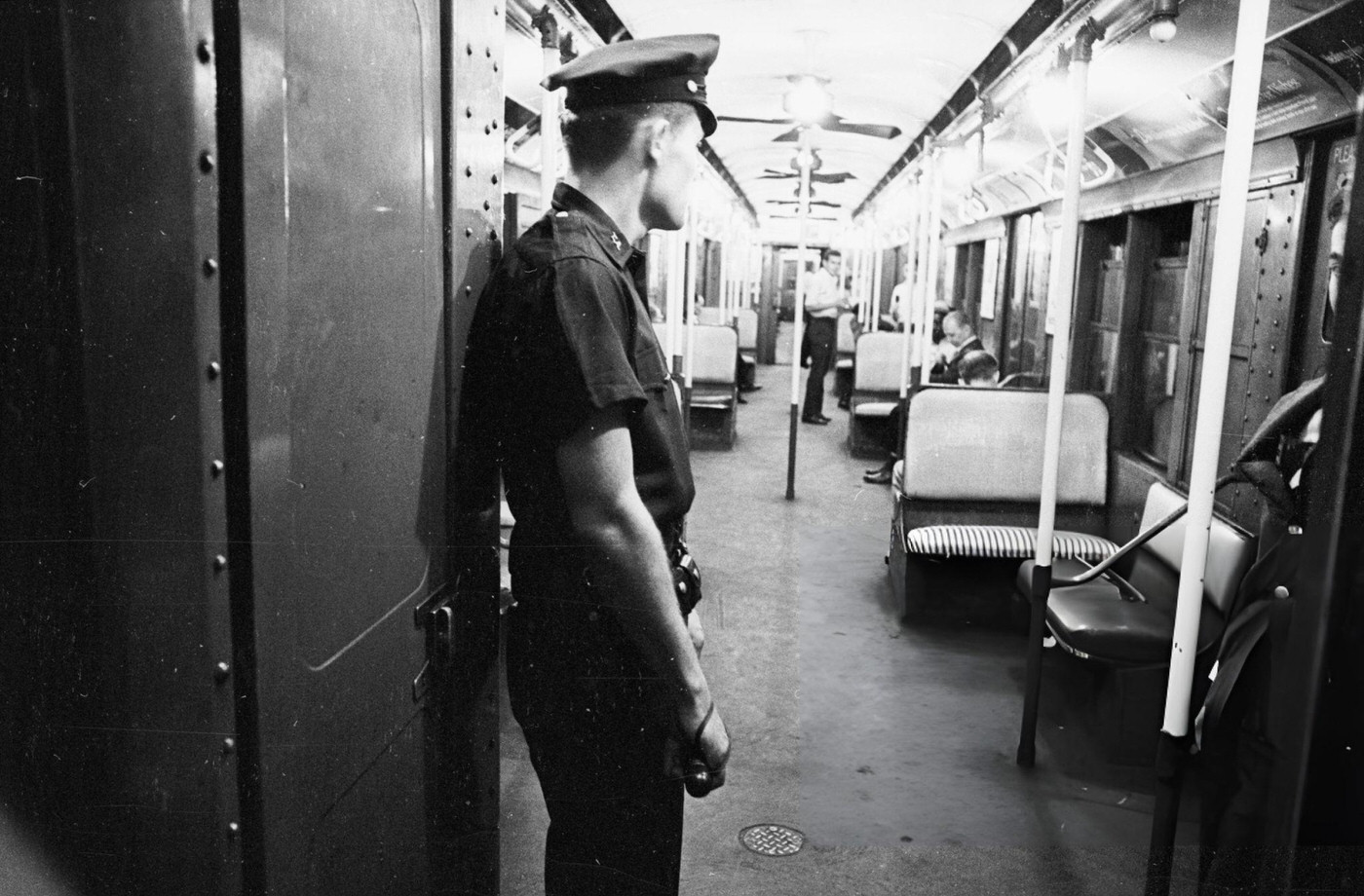

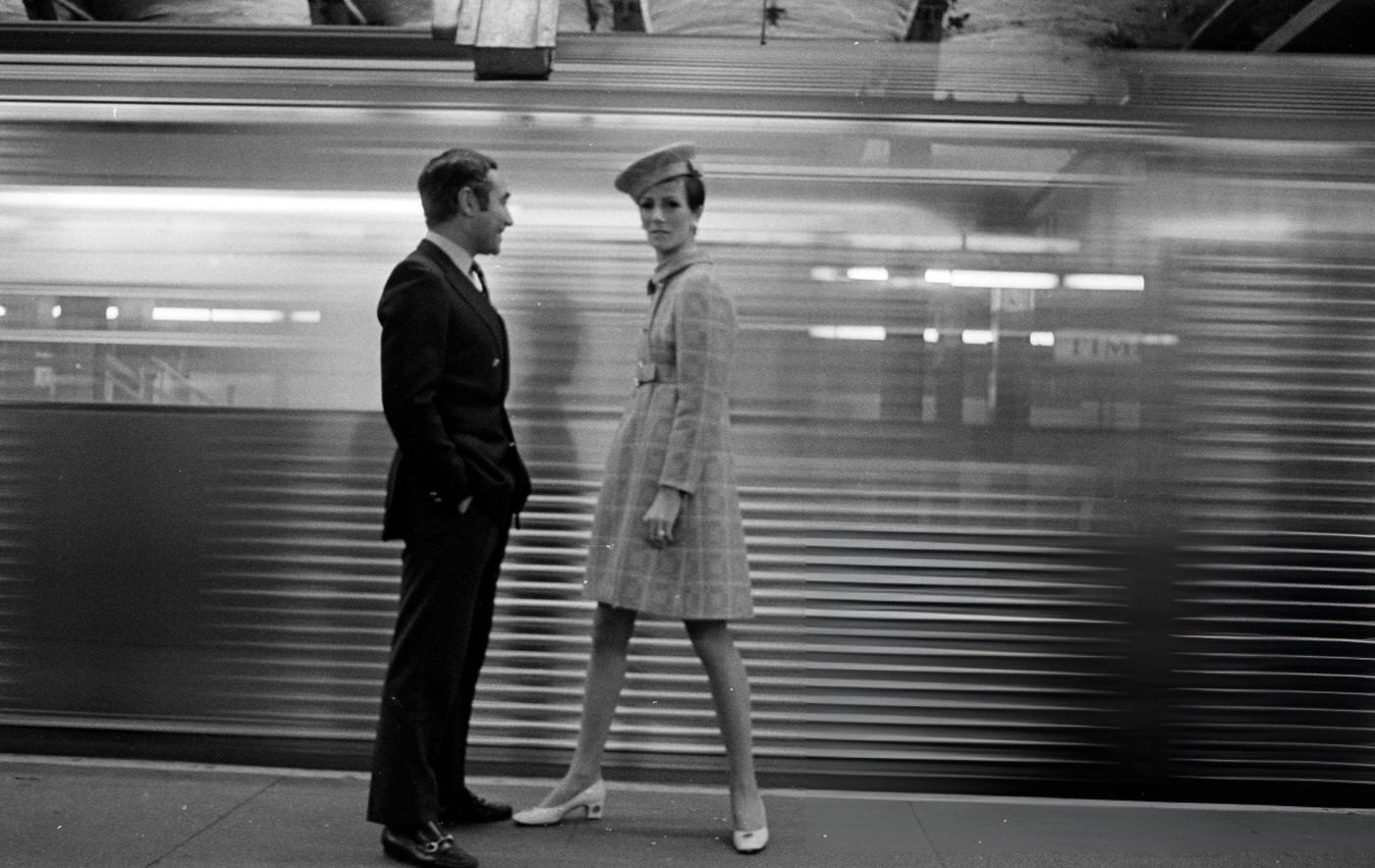
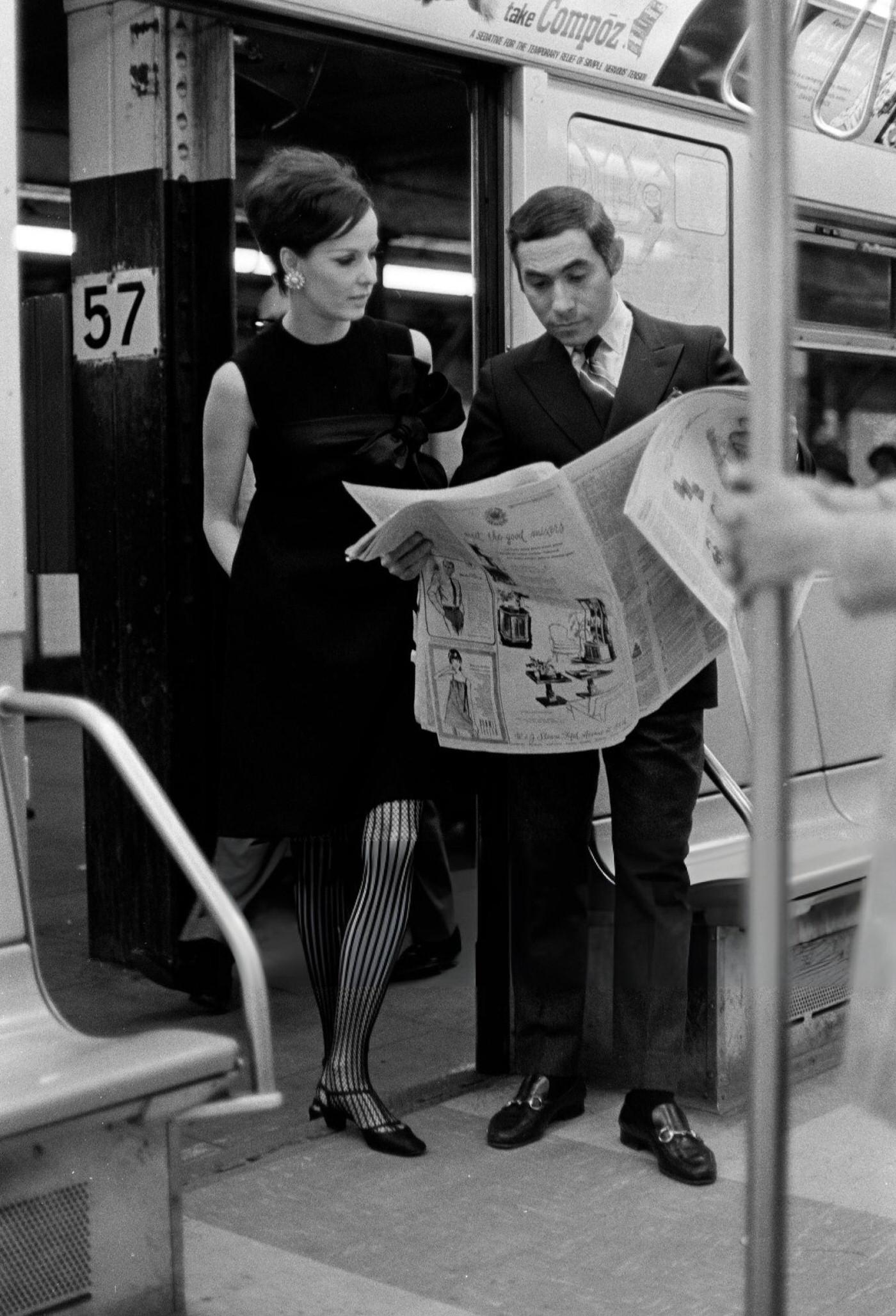
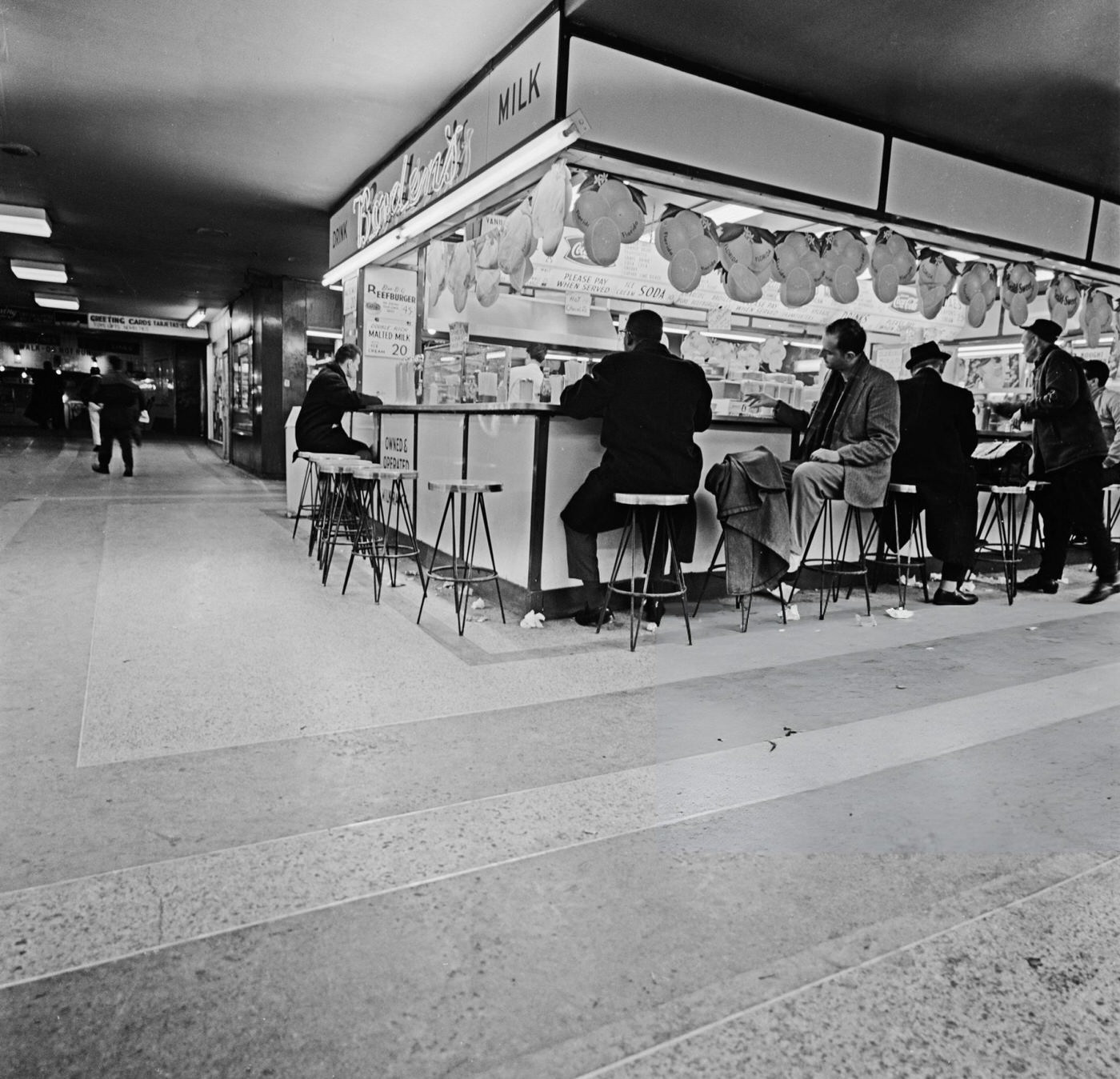
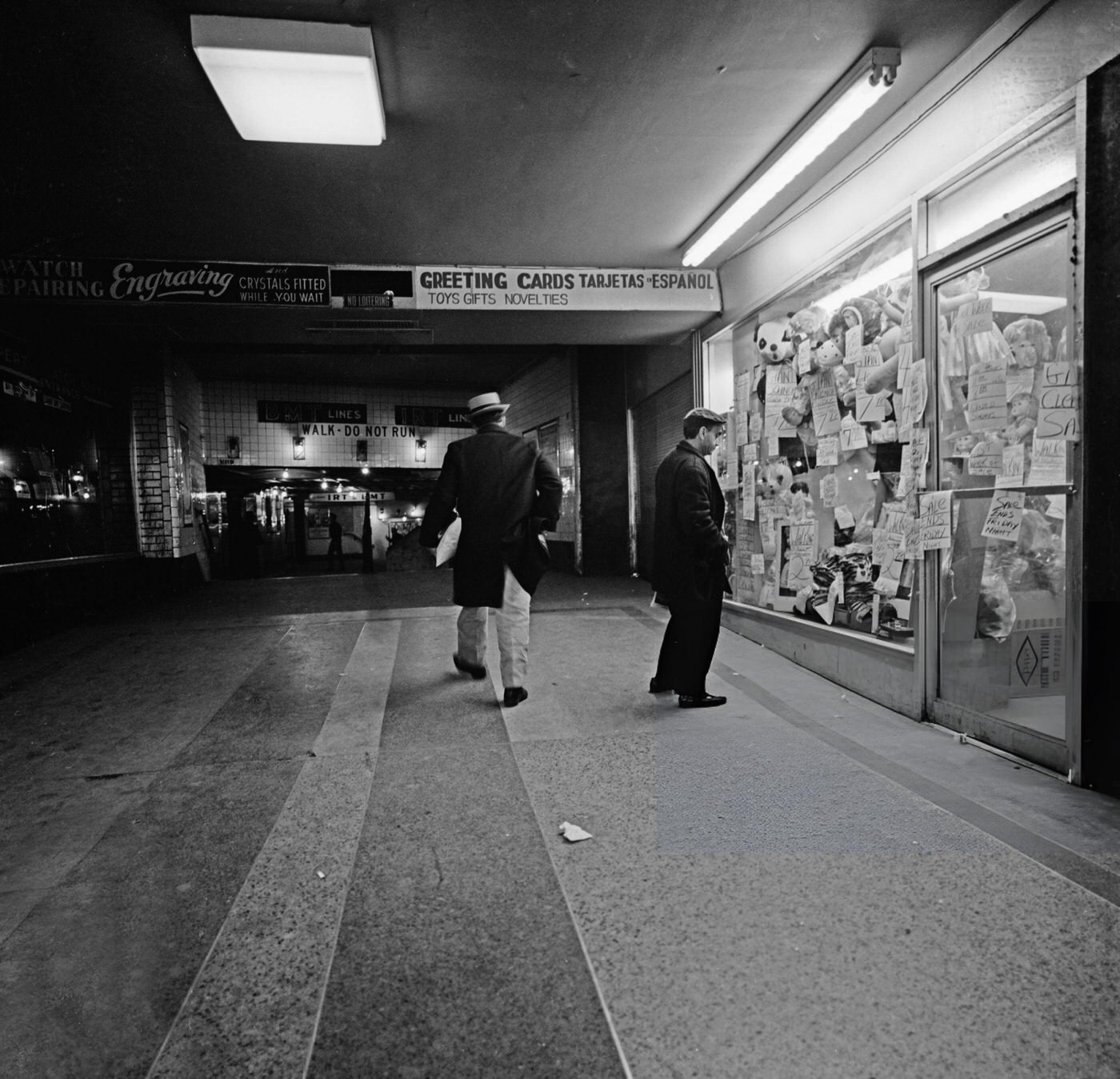
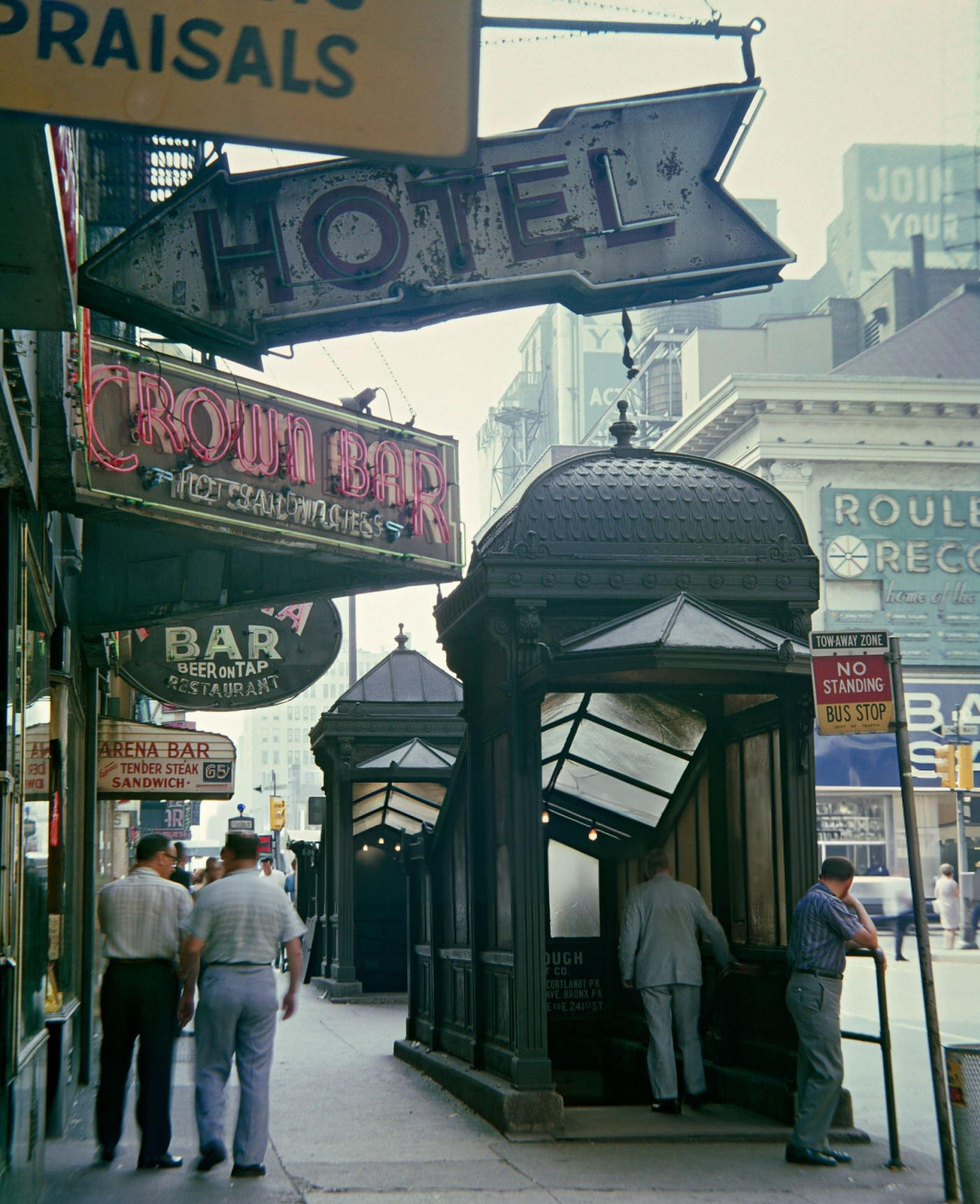
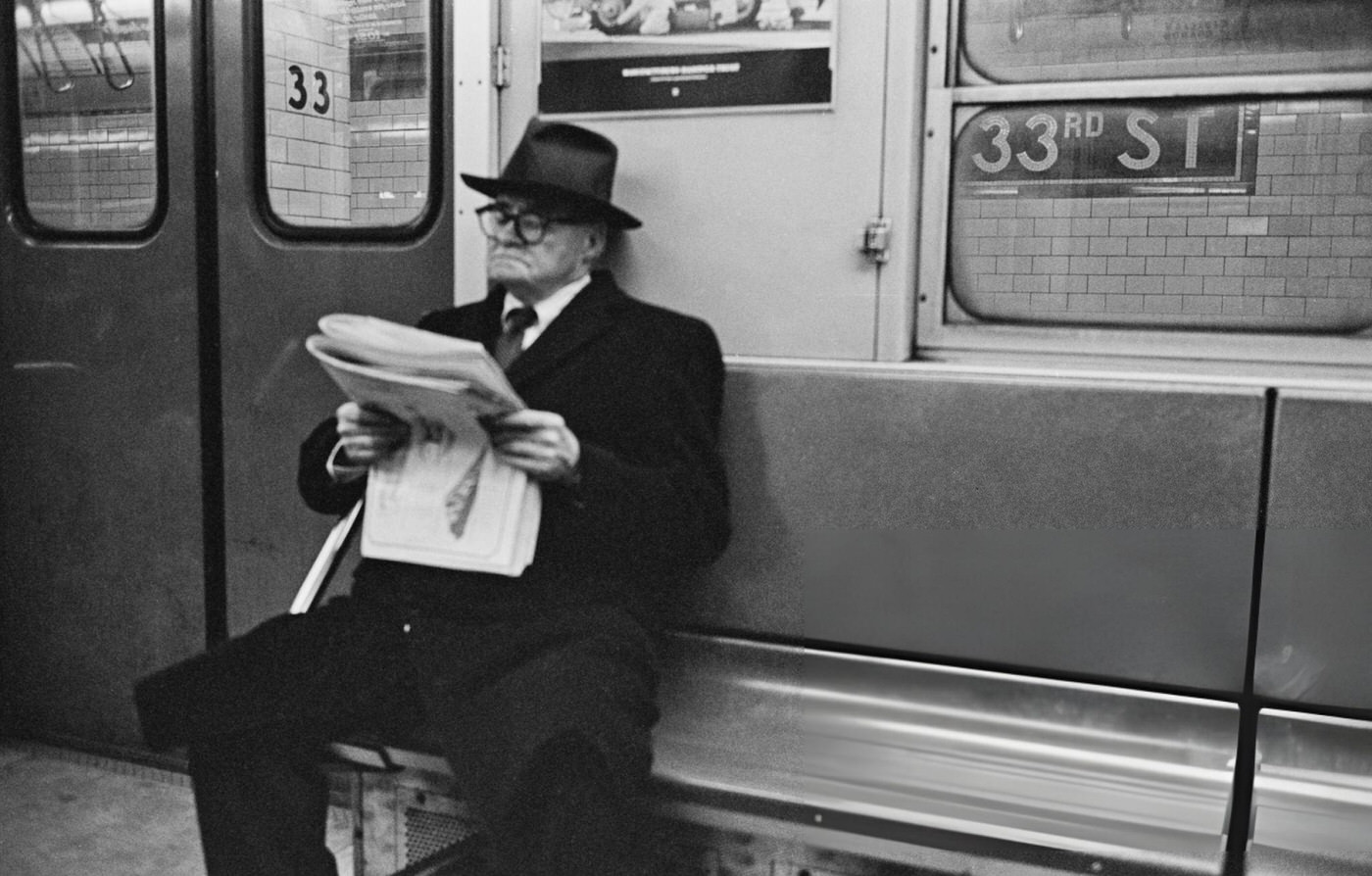
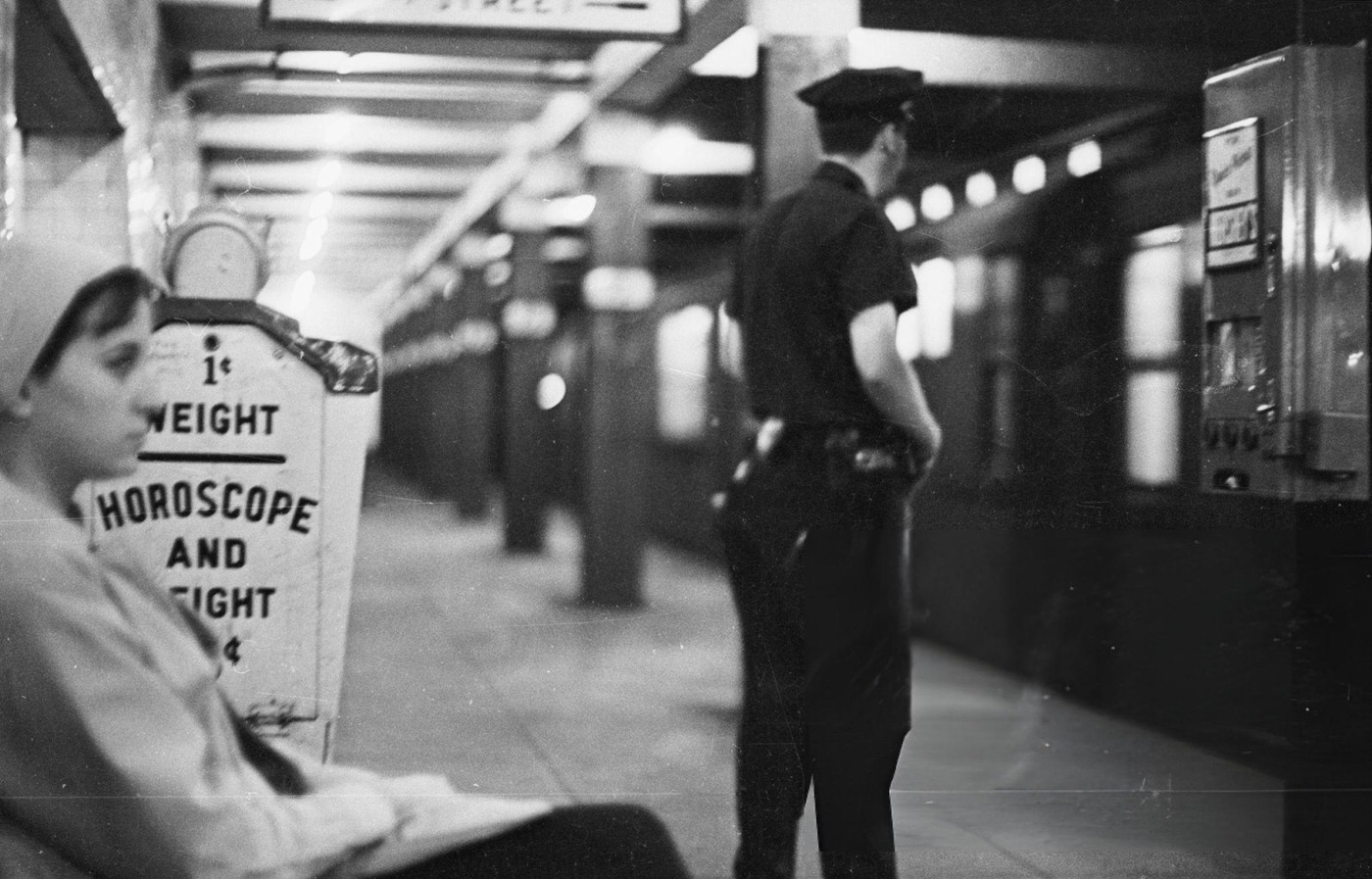
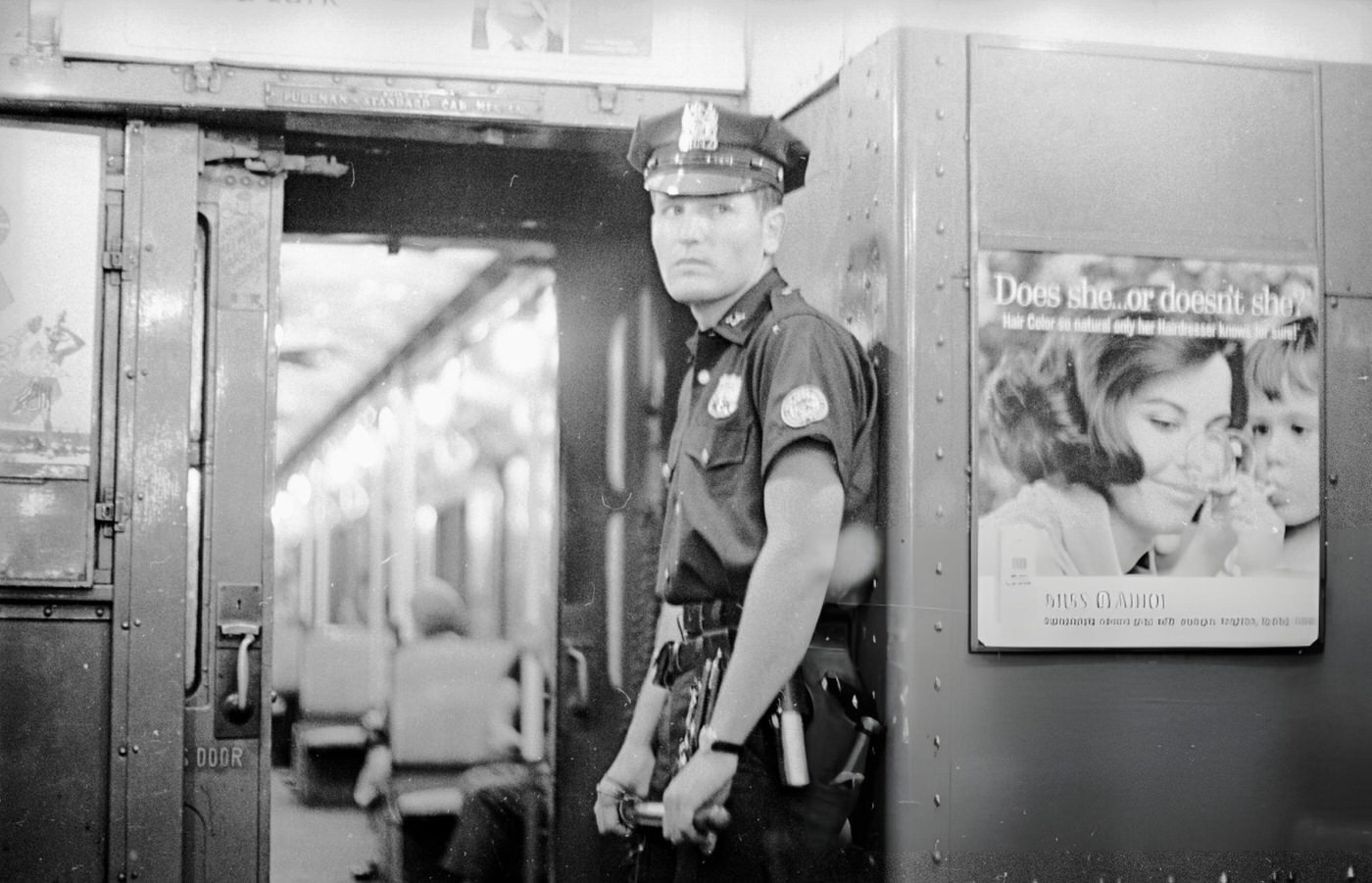


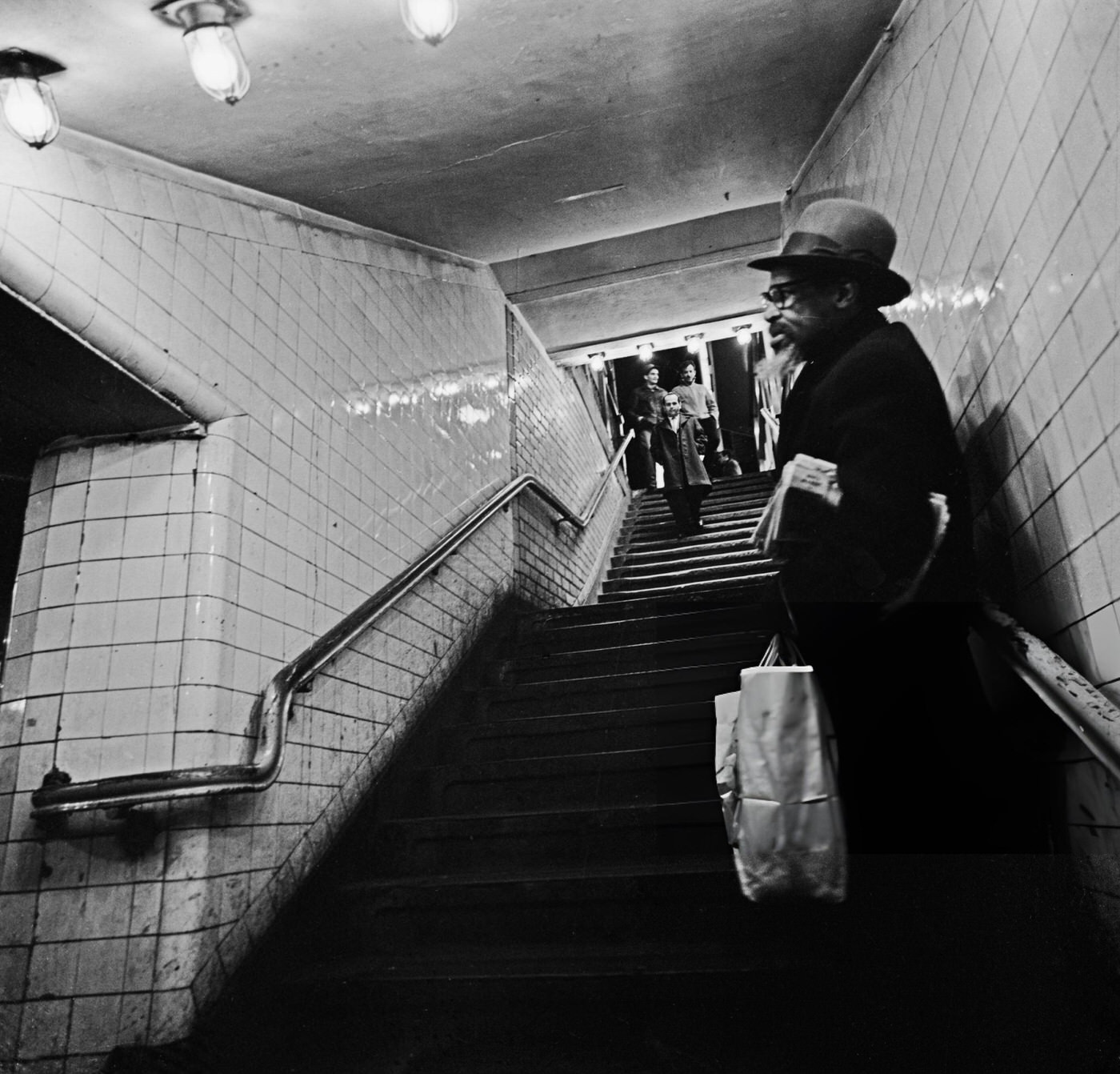

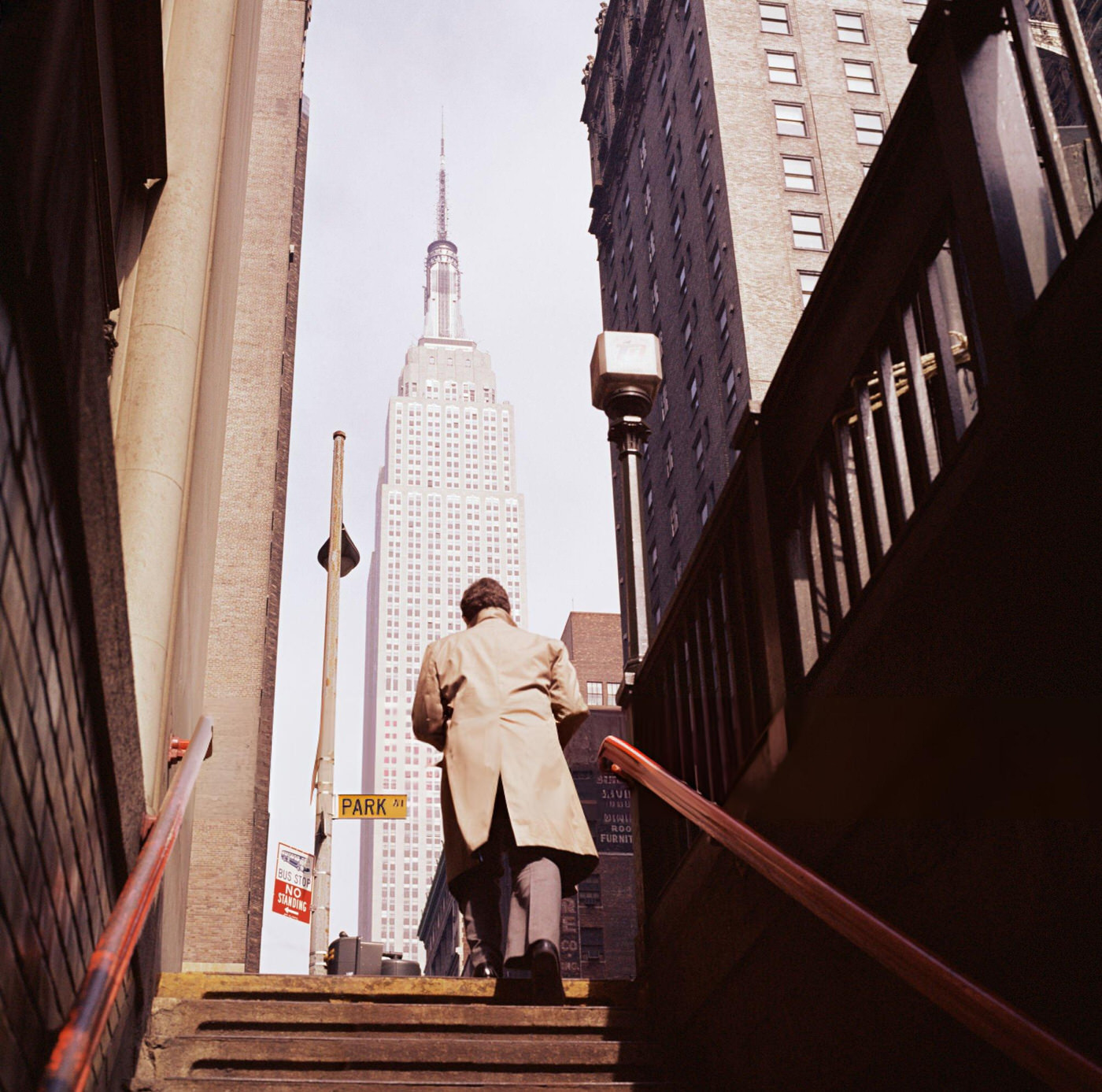
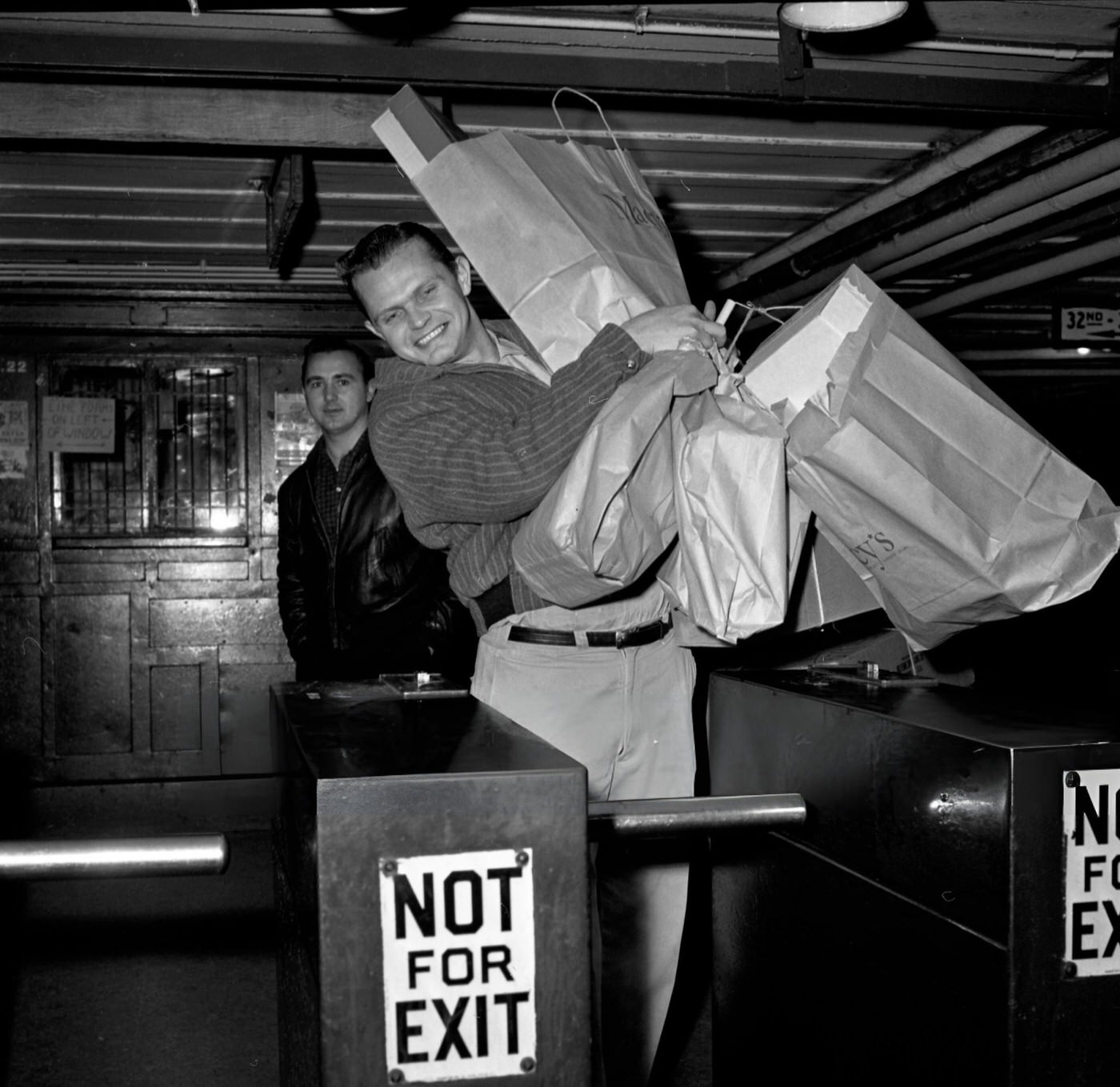
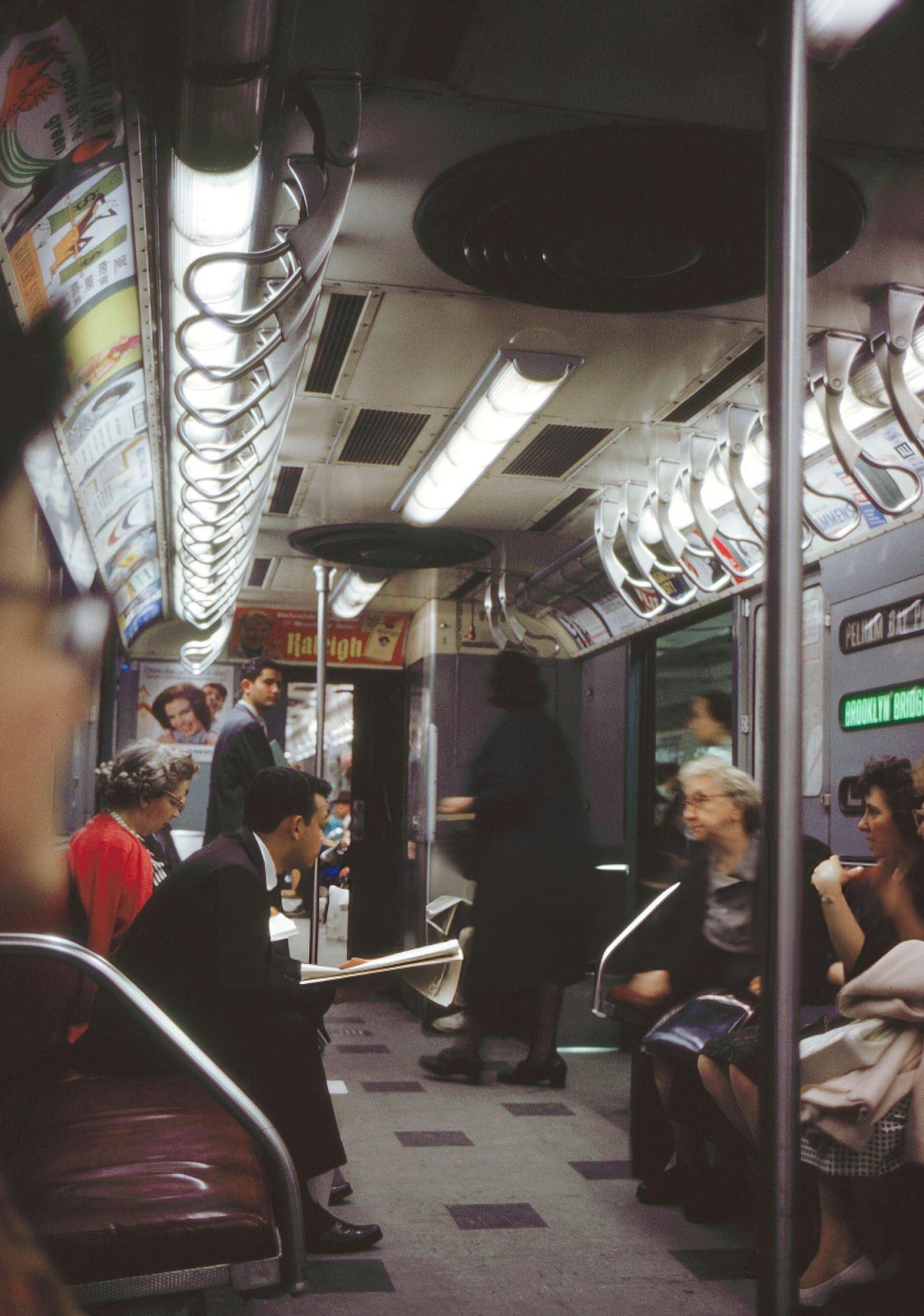
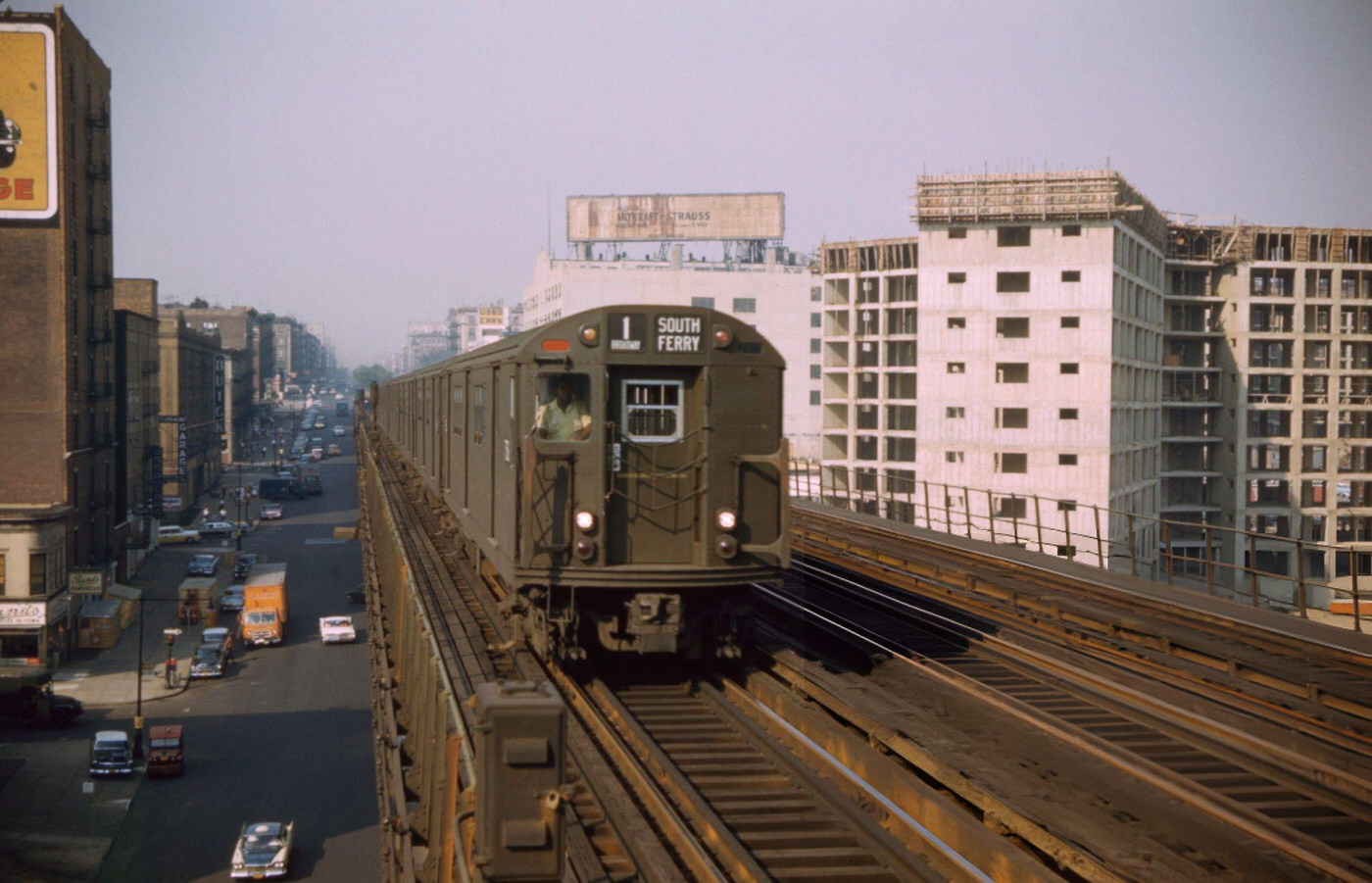
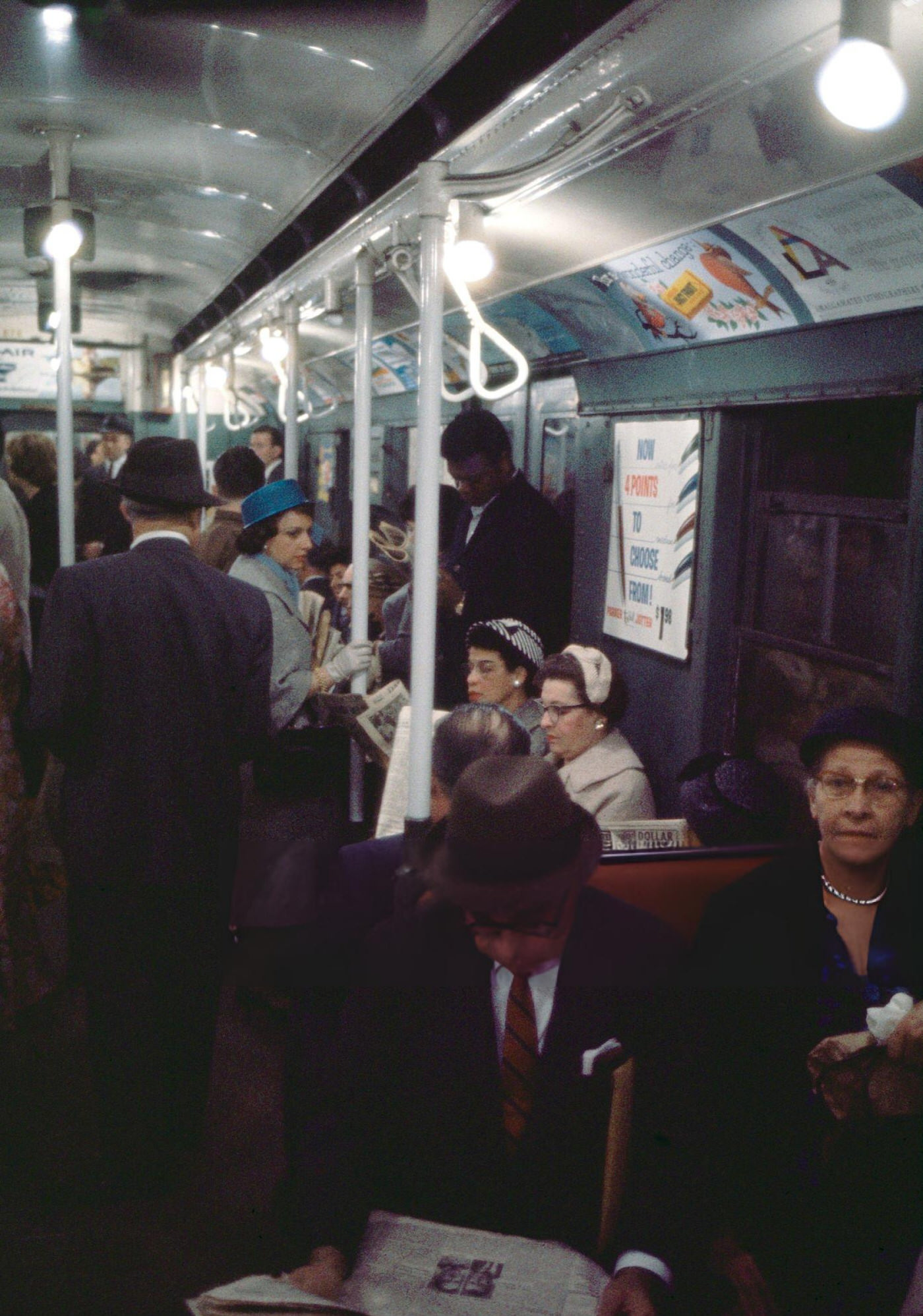
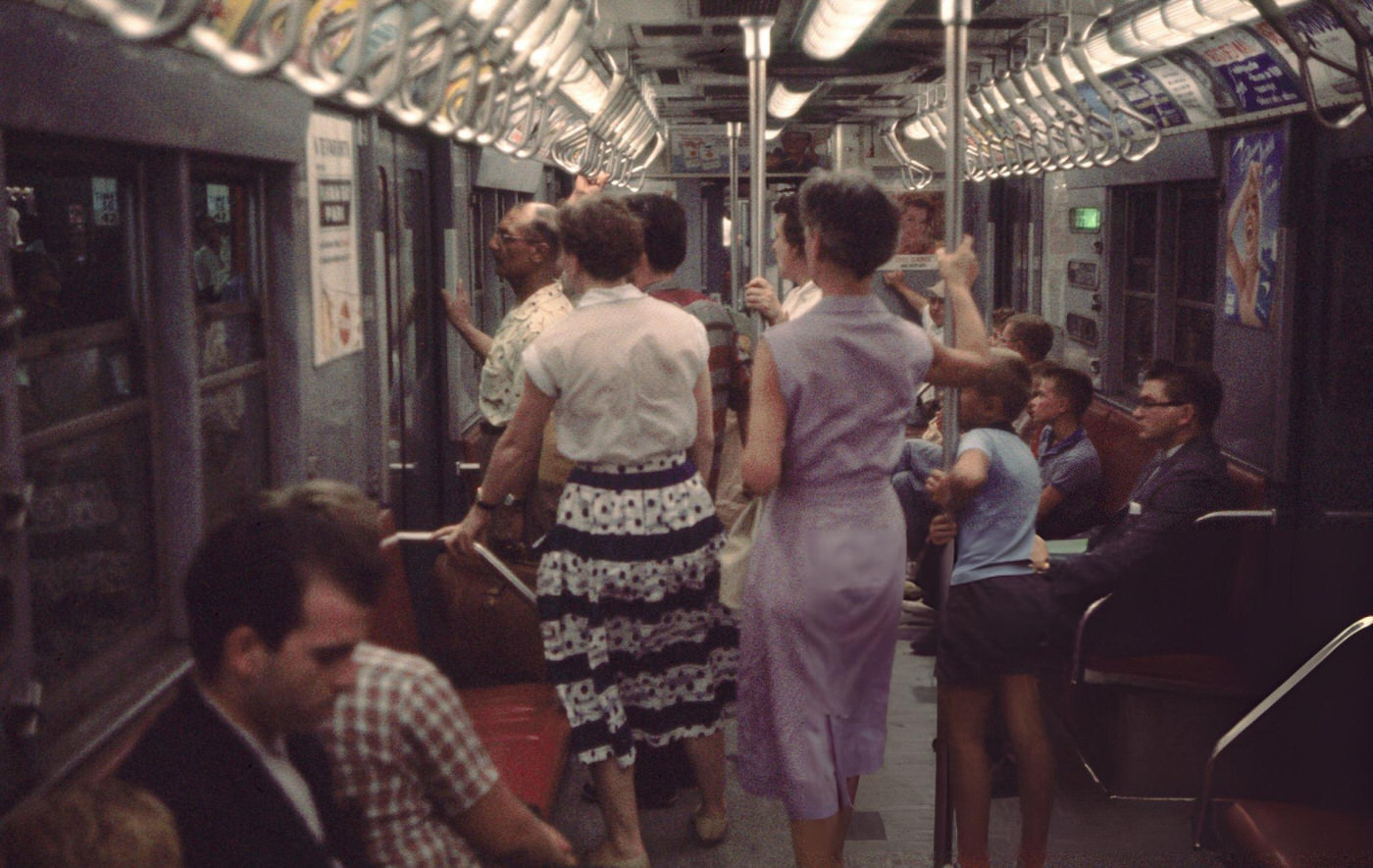
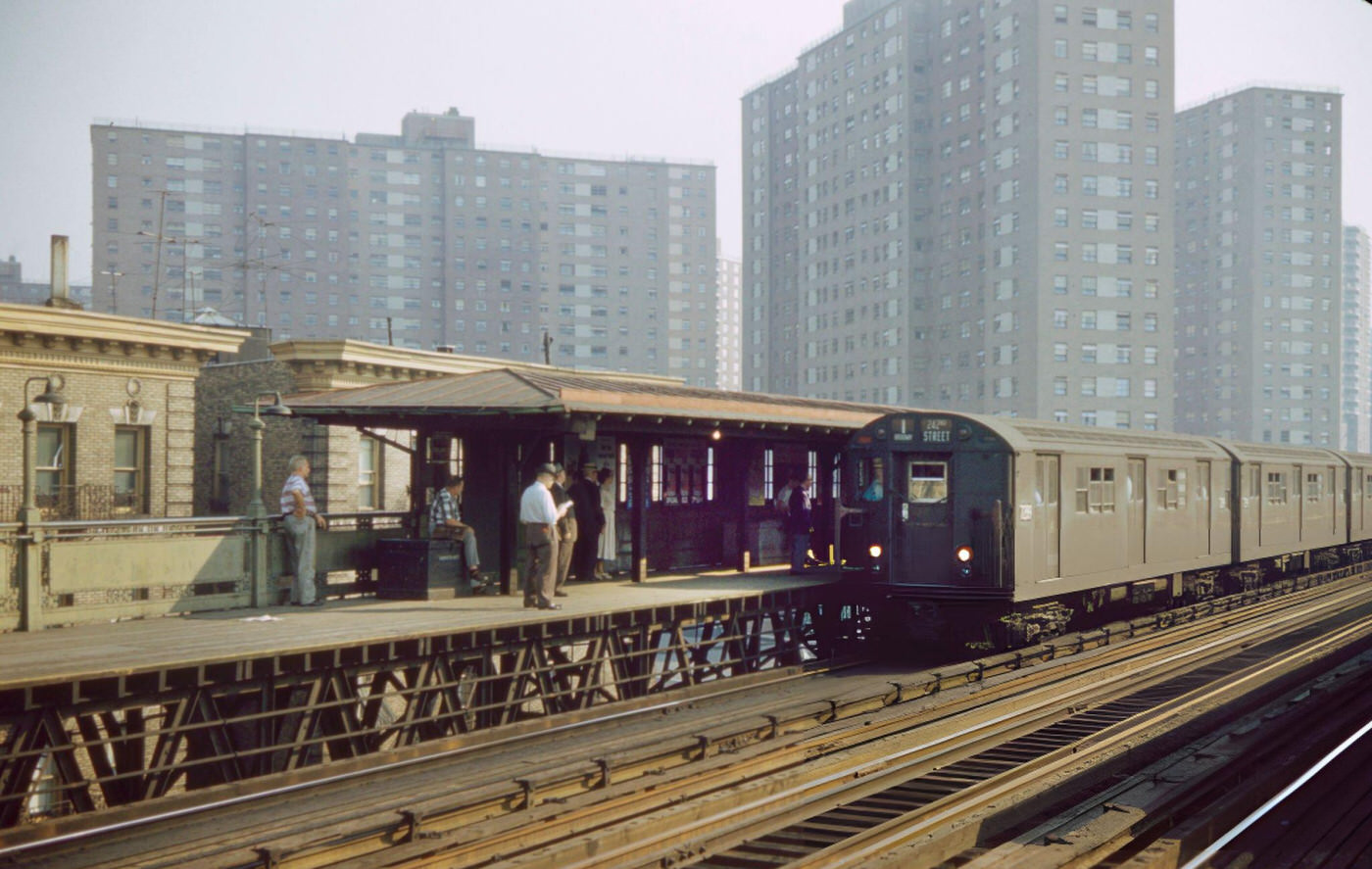
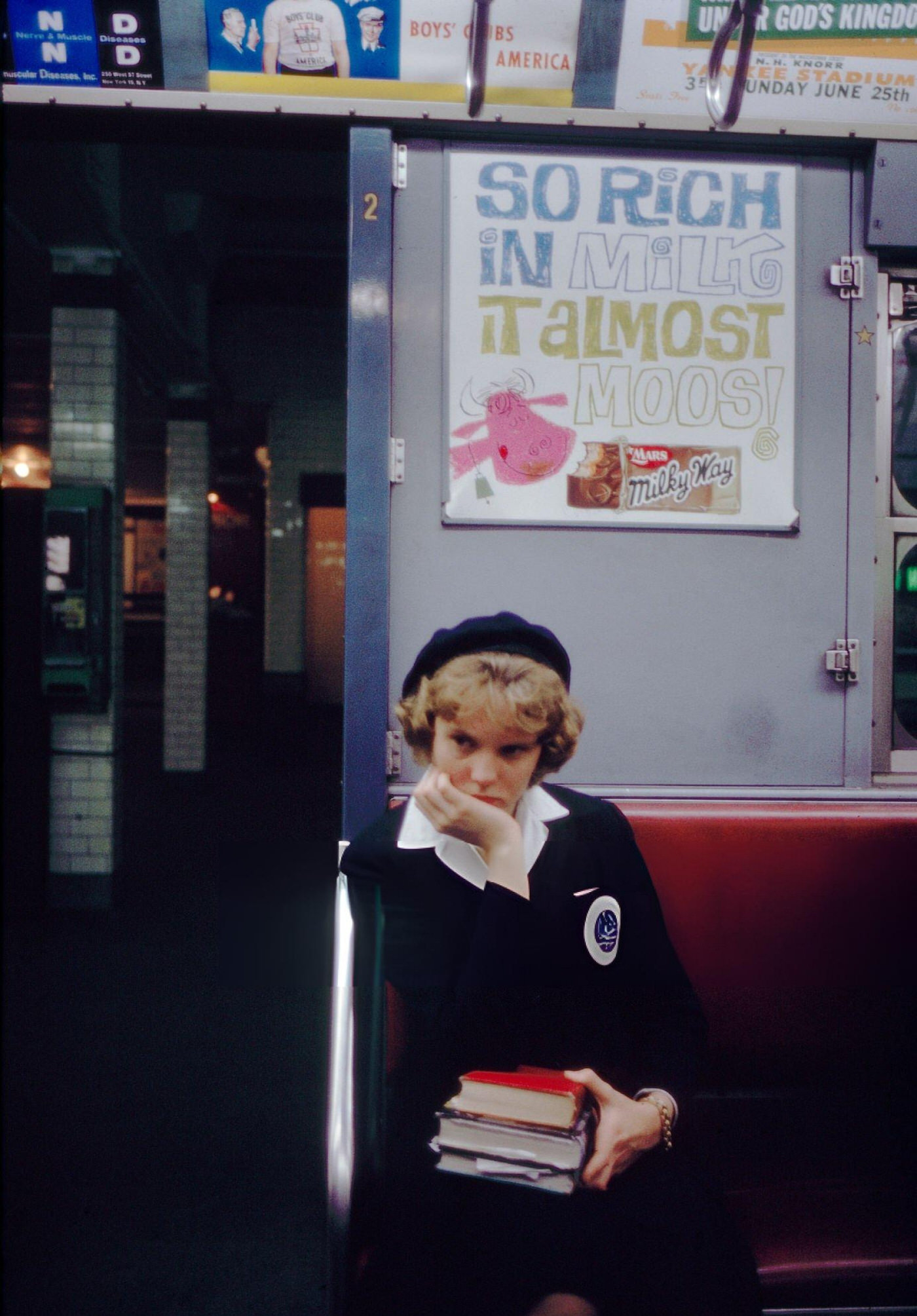

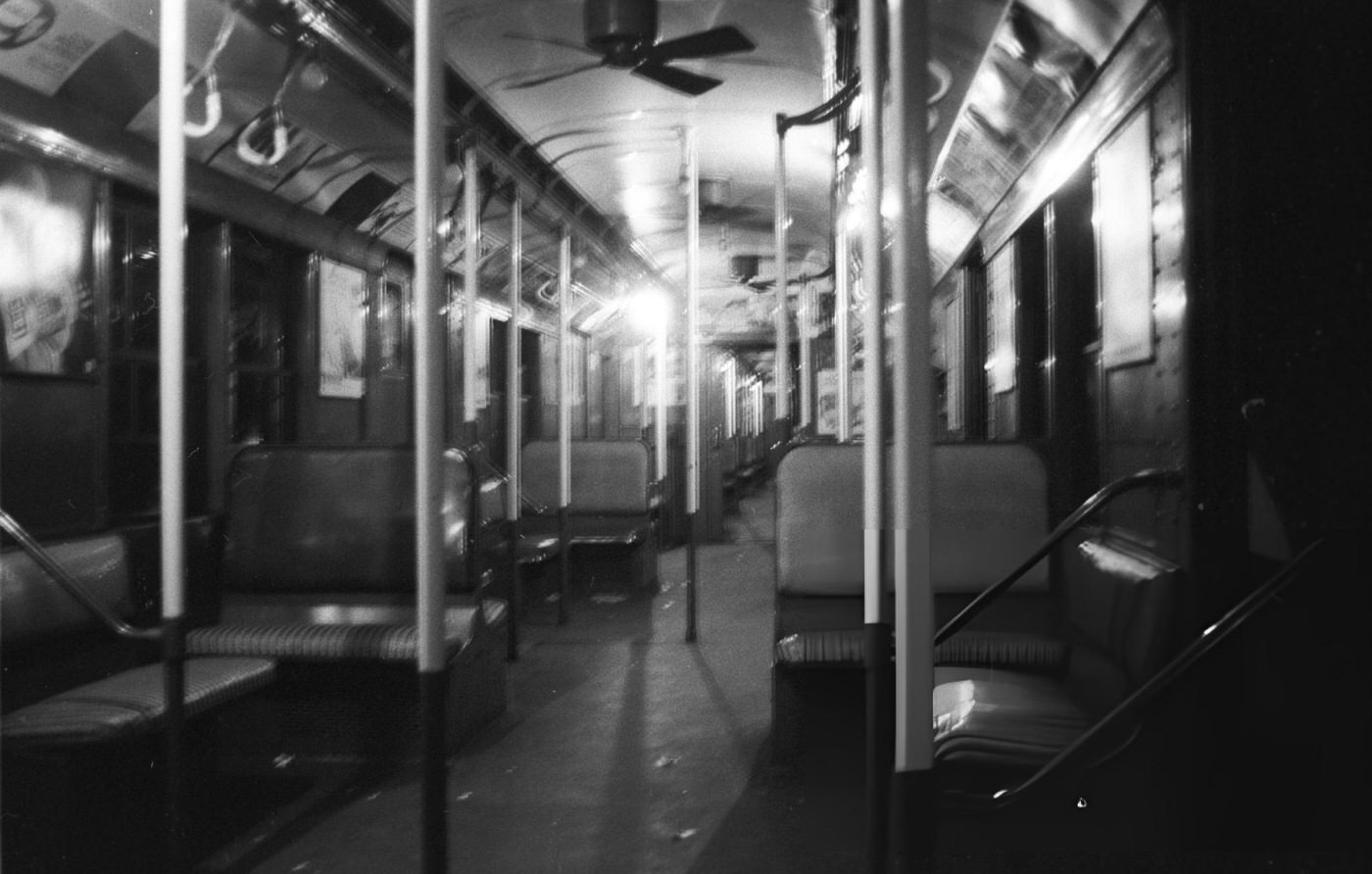
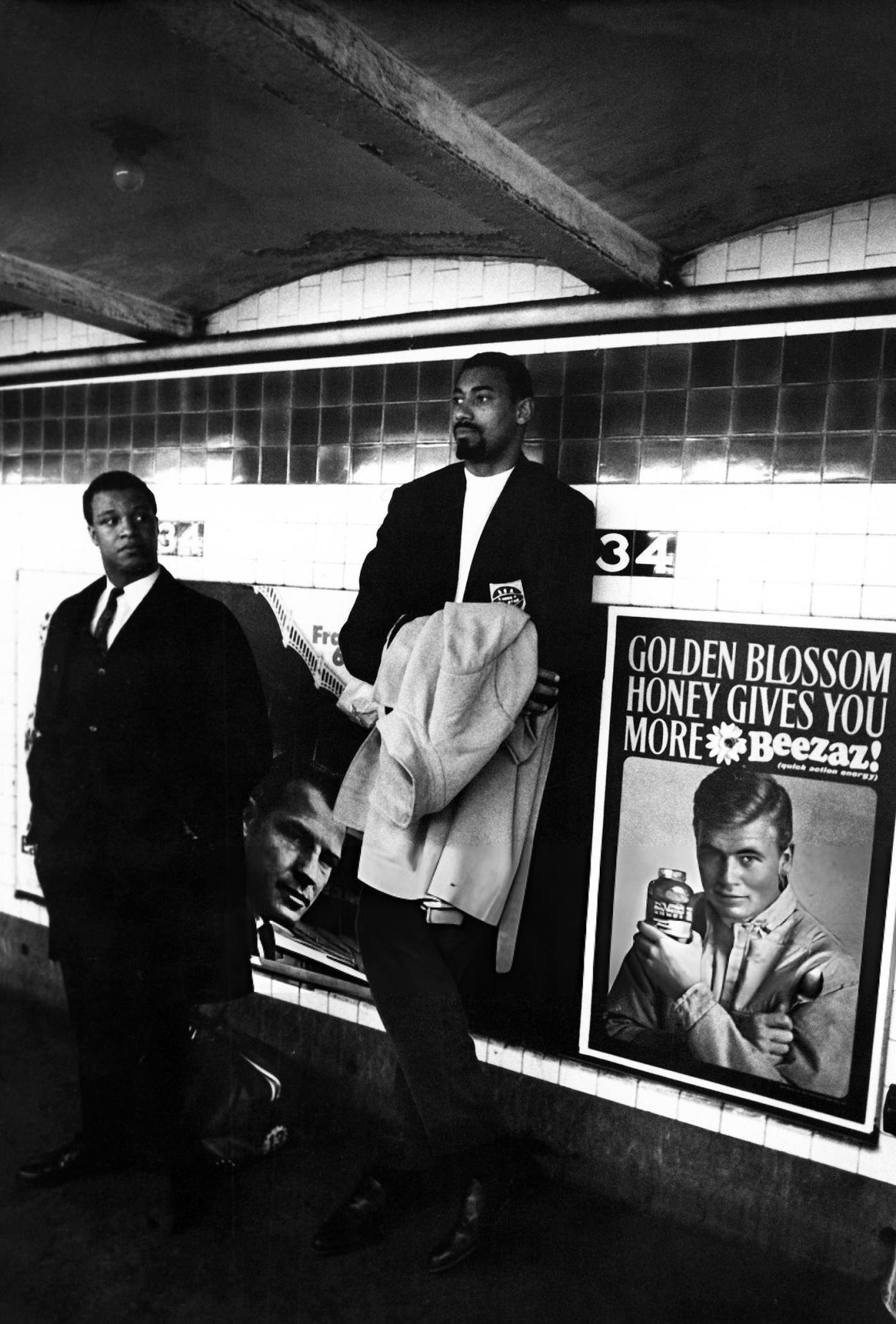
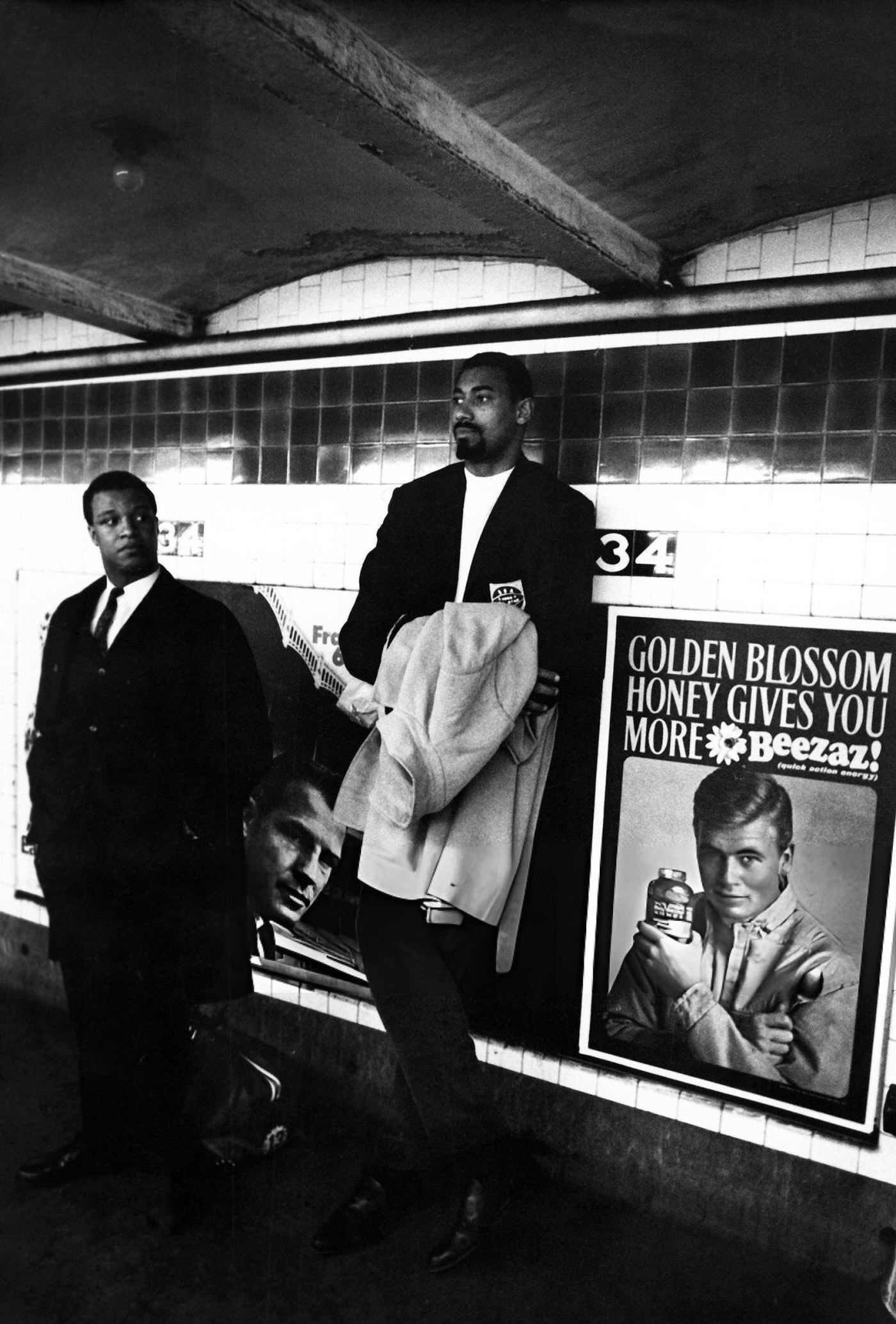

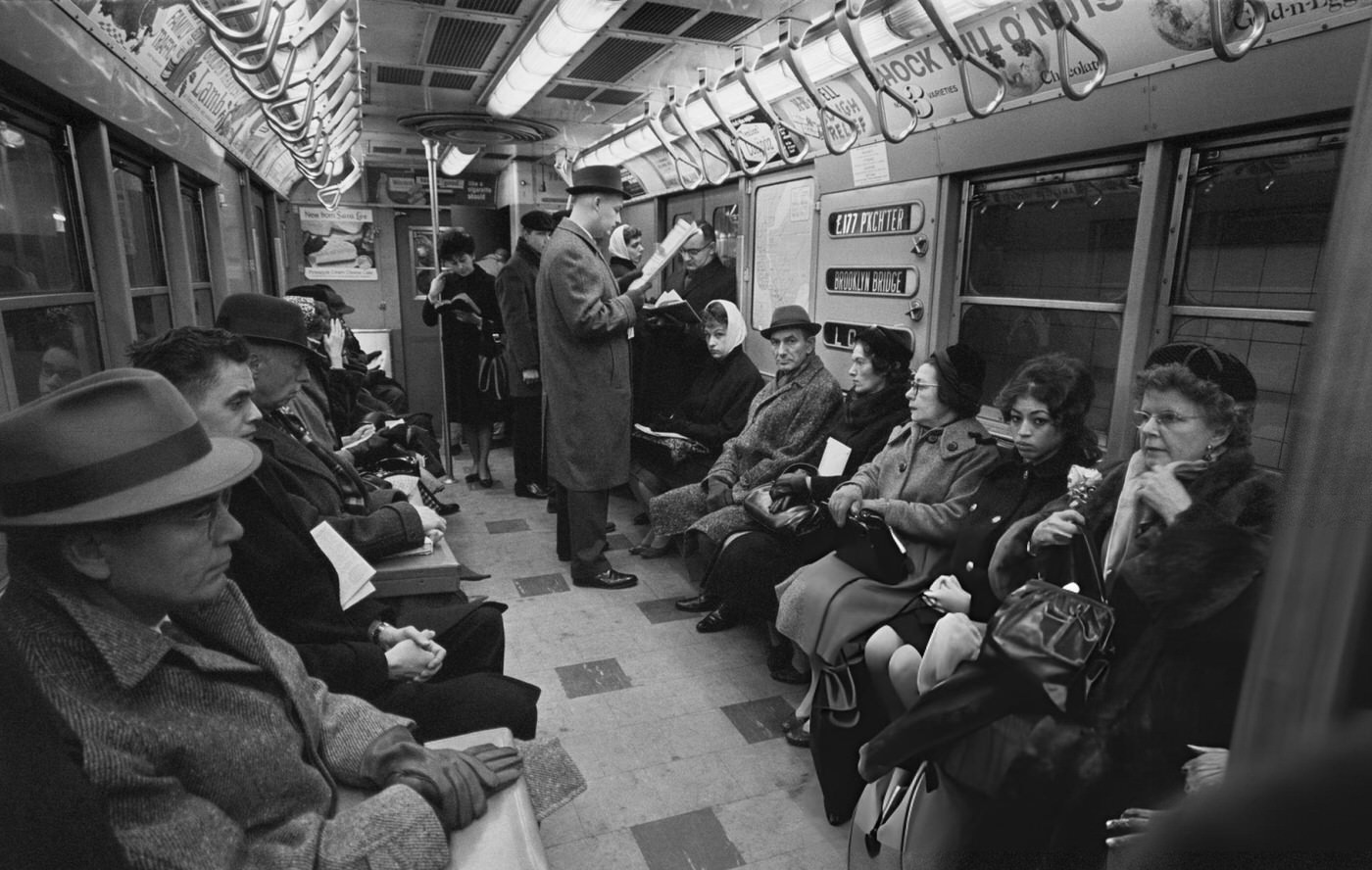

GIPHY App Key not set. Please check settings